As brands look for innovative ways to engage audiences, voice cloning technology is emerging as a game-changer. By using AI-generated voices, organizations can produce podcasts, narrations, and multilingual content at scale—without overloading executives or creative teams. This approach not only saves time and resources but also ensures a consistent brand voice across channels.
Understanding Voice Cloning Technology
What Is Voice Cloning?
Voice cloning is the process of creating a digital replica of a human voice using artificial intelligence. Unlike generic text-to-speech tools, advanced voice cloning captures the nuances of tone, pacing, and emotion, making synthetic speech sound remarkably natural.
How It Works
Voice cloning systems rely on neural networks and machine learning models trained on recordings of a person’s voice. With enough high-quality audio samples, these models generate speech that mimics the original speaker, allowing brands to produce content without requiring the person to record every line.

Why Brands Are Adopting Voice Cloning
Scalability for Content Production
Producing audio content can be time-intensive. Voice cloning enables brands to create multiple pieces of content quickly, from podcasts to product narrations, without overburdening executives or voice talent.
Localization Across Markets
Global brands can use synthetic voices to produce content in multiple languages while maintaining the same tone and style. This ensures a consistent brand experience for international audiences without hiring separate voice actors for each region.
Maintaining Executive Brand Presence
Voice cloning allows leadership to “be present” in content consistently, even when schedules are tight. Executives’ voices can narrate thought leadership pieces, training materials, or internal communications without requiring repeated recordings.
Practical Applications for Brands
Podcasting and Thought Leadership
AI voices streamline podcast production, letting brands maintain a regular publishing schedule and consistent tone. Thought leadership content can be scaled efficiently, keeping audiences engaged without putting extra demands on team members.
Training and E-Learning Modules
Executive narrations for internal training or learning modules can be cloned once and reused, reducing production time and ensuring consistent messaging across employees or learners.
Marketing and Customer-Facing Content
Voice cloning supports audio ads, interactive experiences, and social media campaigns, enabling brands to reach audiences in fresh, immersive ways. Personalized or dynamic audio experiences can also increase engagement and conversion rates.

Best Practices for Ethical Voice Cloning
- Obtain Consent: Always secure explicit permission from executives or voice talent before cloning their voice.
- Maintain Transparency: Let audiences know when AI-generated voices are used to preserve trust.
- Quality Control: Ensure synthetic voices sound natural and align with your brand standards.
- Avoid Misuse: Use voice cloning responsibly, avoiding misleading or deceptive content.
Implementing Voice Cloning in Your Brand Strategy
Selecting the Right Technology
Choose AI voice platforms that offer natural-sounding voices, robust customization, and security controls.
Integrating With Content Workflows
Connect voice cloning tools with podcasting platforms, e-learning systems, and marketing automation software to maximize efficiency.
Monitoring Engagement and ROI
Track audience response, completion rates, and engagement metrics to evaluate the impact of AI-driven audio content and refine your strategy over time.

The Future of AI Voice in Marketing
Voice cloning is poised to become a staple in brand content strategies. As AI continues to evolve, brands can expect more realistic, expressive synthetic voices, broader language support, and innovative ways to engage customers. Ethical and thoughtful adoption will be key to leveraging this technology effectively.
Partnering for Smart Audio Strategy
Voice cloning opens a new frontier for scalable, engaging, and executive-friendly content. Bluetext helps brands harness AI-powered audio solutions to deliver podcasts, training, marketing campaigns, and localized content—all while maintaining authenticity and brand consistency.
Ready to amplify your brand’s voice at scale?
Partner with Bluetext to explore AI-driven voice cloning for podcasting, localization, and executive-friendly audio content. Contact us today.
In today’s privacy-first world, brands can no longer rely on third-party cookies or opaque tracking methods to understand their audiences. Instead, forward-thinking marketers are turning to zero-party data—the information customers voluntarily share with brands. This type of data not only powers highly personalized experiences but also builds trust, loyalty, and long-term customer relationships.
Understanding Zero-Party Data
Definition and Key Characteristics
Zero-party data is any data that a customer intentionally and proactively shares with a brand. Unlike first-party data (behavioral information collected automatically) or third-party data (purchased from external sources), zero-party data is explicit, consented, and accurate because the user provides it directly.
Examples of Zero-Party Data
Brands can collect zero-party data through a variety of channels, including:
- Preference centers where users specify communication or product preferences
- Interactive quizzes or surveys
- Personalized onboarding experiences
- Subscription and loyalty program forms
- Feedback polls or content recommendations
This data is incredibly valuable because it reflects the customer’s interests, needs, and intent in their own words.
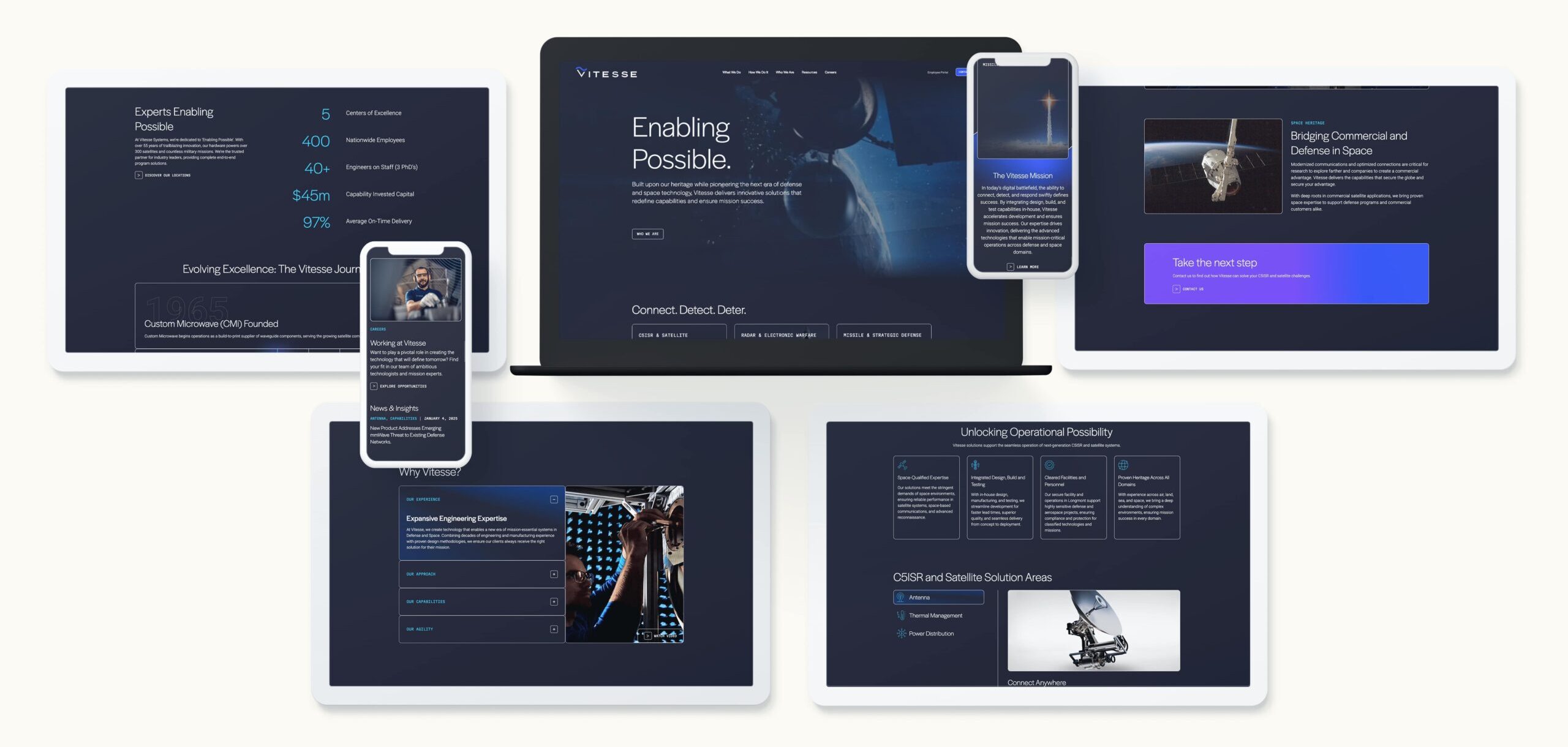
Why Zero-Party Data Matters Now
The End of Third-Party Cookies
With privacy regulations like GDPR and CCPA, and major browsers phasing out third-party cookies, marketers need alternative ways to understand and engage their audiences. Zero-party data fills this gap by providing first-hand insights without relying on intrusive tracking.
Building Trust Through Transparency
When customers willingly share information, they expect brands to respect it. Transparent data collection fosters trust and encourages ongoing engagement. Brands that honor these expectations can strengthen relationships while minimizing privacy risks.
Enabling True Personalization
Zero-party data enables precise personalization because it comes directly from the customer. Marketers can use this information to:
- Recommend products or services that truly align with preferences
- Tailor email content and messaging
- Create loyalty programs that reward meaningful behaviors
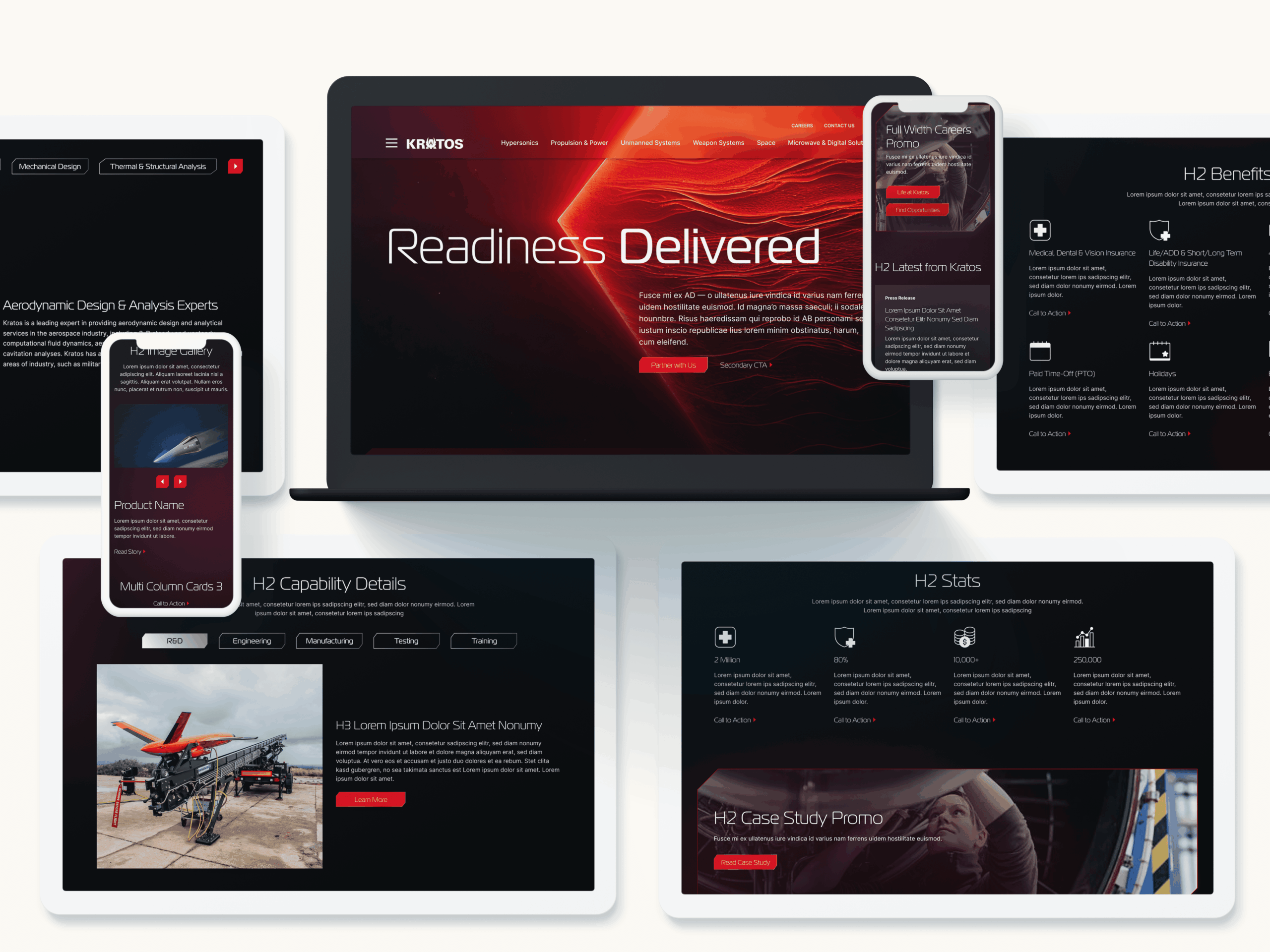
How to Capture Zero-Party Data Effectively
Offer Value in Exchange for Data
Customers are willing to share information if there’s something in it for them. Effective strategies include:
- Gated content like whitepapers or industry reports
- Personalized product or service recommendations
- Exclusive offers, events, or early access
Design Engaging Collection Methods
Interactive and enjoyable experiences increase participation:
- Quizzes that help users discover their “best fit” products
- Onboarding surveys that guide personalized experiences
- Polls and preference selections embedded in apps or websites
Prioritize Consent and Transparency
Always make it clear what data is collected and how it will be used. Provide easy options to manage preferences and honor opt-outs. Customers are more likely to share data when they feel in control.
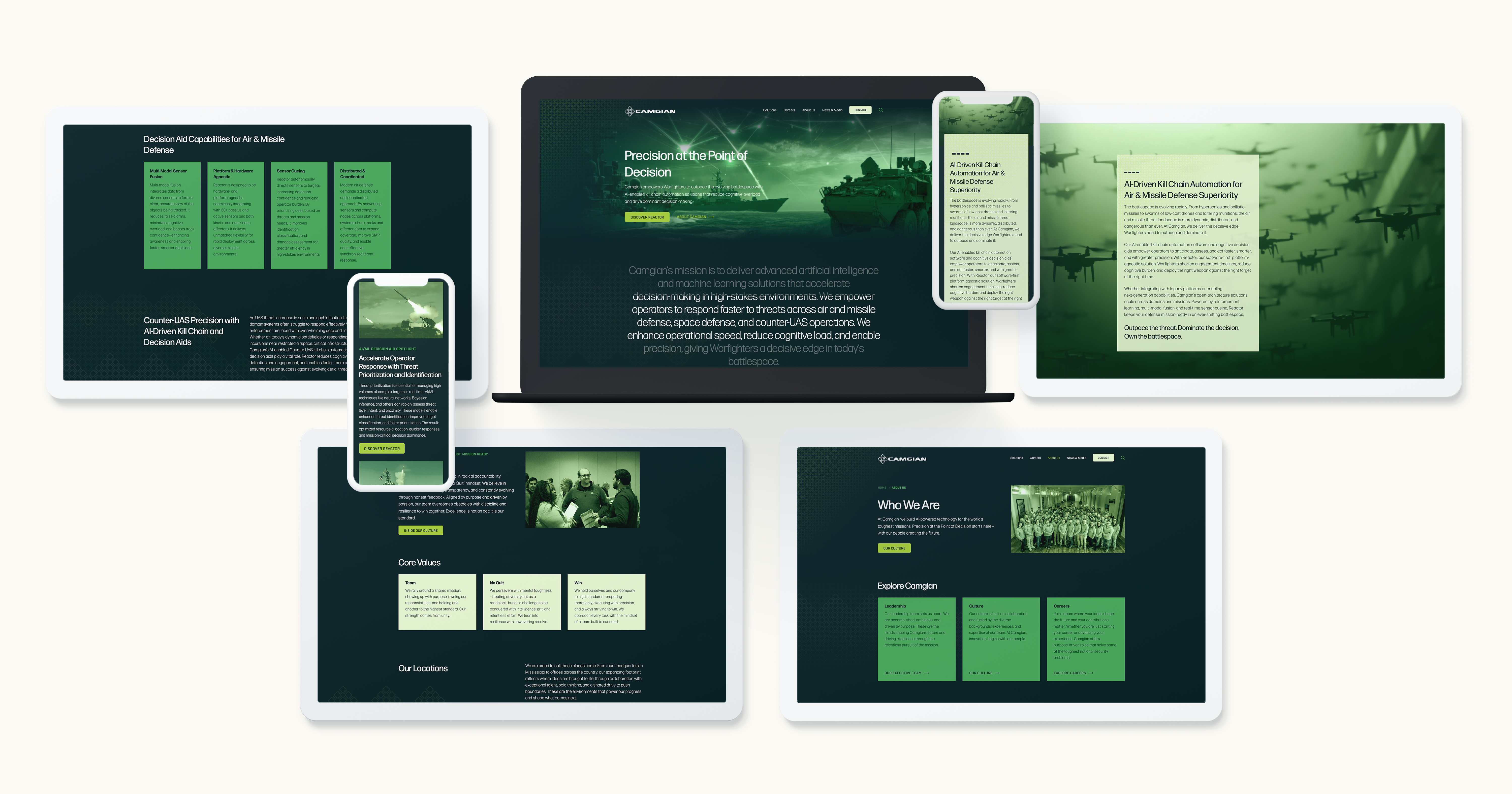
Implementing a Zero-Party Data Strategy
Integrate with Your MarTech Stack
Connect zero-party data to your CRM, CDP, and personalization tools to ensure insights translate into actionable campaigns.
Align Across Teams
Effective zero-party data strategies require collaboration between marketing, legal, and IT teams to ensure compliance and execution.
Measure and Optimize
Track metrics like engagement, conversion rates, and content interaction to refine your approach and maximize the value of collected data.
The Future of Data-Driven Marketing
Zero-party data is more than a workaround for the decline of cookies—it’s a strategic asset that future-proofs personalization. Brands that invest in transparent, value-driven data collection will:
- Build deeper customer trust
- Deliver highly relevant experiences
- Stay ahead of privacy regulations
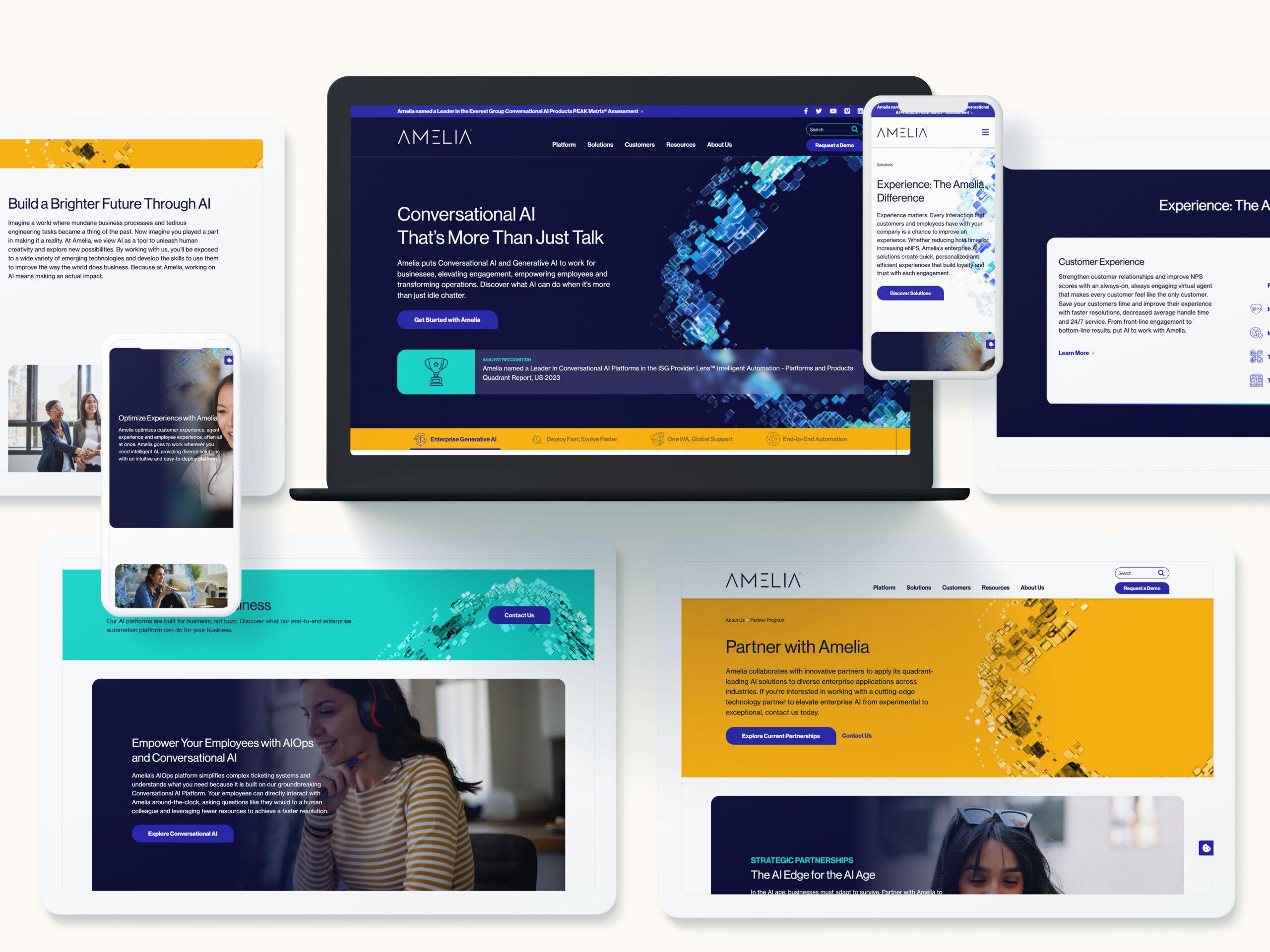
Partnering for Smart Data Strategy
Capturing and leveraging zero-party data effectively takes strategy, technology, and expertise. Bluetext helps brands design data-driven marketing frameworks that respect customer privacy while maximizing engagement and personalization.
Ready to build a future-proof data strategy?
Partner with Bluetext to design transparent, high-performing campaigns powered by zero-party data. Contact us today.
When it comes to building a brand, nothing is more foundational than the name. In the B2B world, where enterprise products and sub-brands compete in complex, high-stakes markets, a name is more than a label — it’s a signal of trust, credibility, and identity.
The right name can make a product memorable, set it apart from competitors, and align it with the broader company vision. The wrong name can confuse audiences, fail to resonate, or even lead to costly legal disputes. That’s why great B2B brands always start with great words.
The Power of Strategic Naming in B2B
Names in B2B carry weight far beyond recognition. They are often the first touchpoint between a buyer and a brand, setting the tone for future interactions.
- Memorability matters — A strong name cuts through technical jargon and helps busy decision-makers remember you.
- Brand equity grows with consistency — A well-chosen name reinforces trust every time it’s mentioned.
- B2B ≠ B2C — While consumer names can lean playful or trendy, B2B naming must balance creativity with authority and professionalism.
In a crowded marketplace, strategic naming is not just creative wordplay — it’s a competitive advantage.
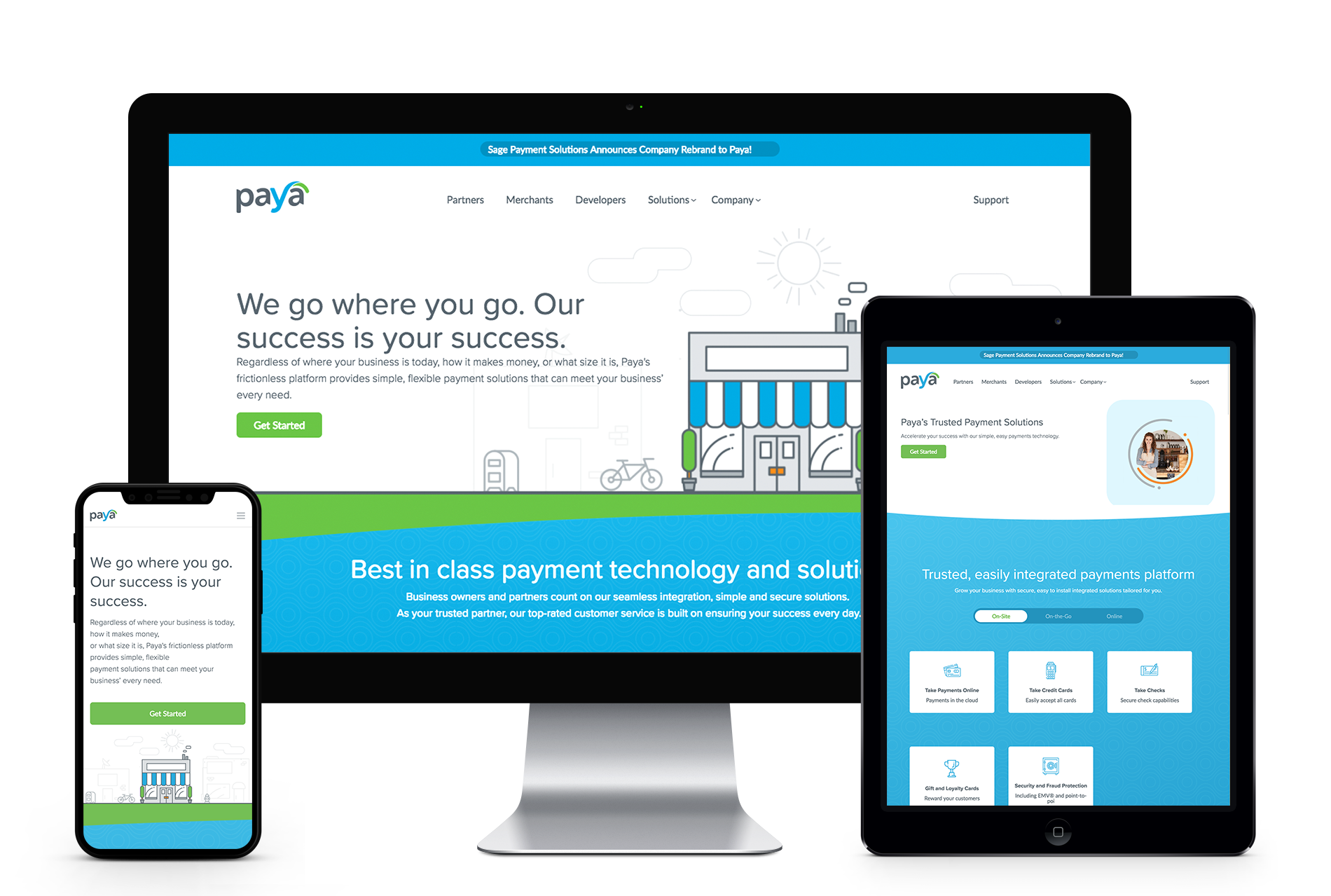
Naming Methodologies That Work
Behind every great name is a thoughtful process. Strong naming methodologies blend creativity with research to deliver names that resonate and endure.
Exploratory Research and Brand Workshops
Successful naming starts with understanding the organization’s mission, values, and audience. Workshops with stakeholders help define tone, positioning, and differentiators.
Linguistic and Cultural Considerations
A name must work across markets, languages, and cultures. What sounds sharp in one region could have unintended meanings in another.
Creative Frameworks
- Descriptive names highlight what the product does (e.g., Salesforce).
- Evocative names suggest an idea or feeling (e.g., Oracle).
- Invented names create something entirely new (e.g., Accenture).
Each framework has strengths — the key is aligning the choice with your brand’s strategy and audience expectations.
Testing and Validation
Names should be tested with target audiences to gauge memorability, clarity, and emotional resonance. Feedback ensures the final choice doesn’t just work in theory but in practice.
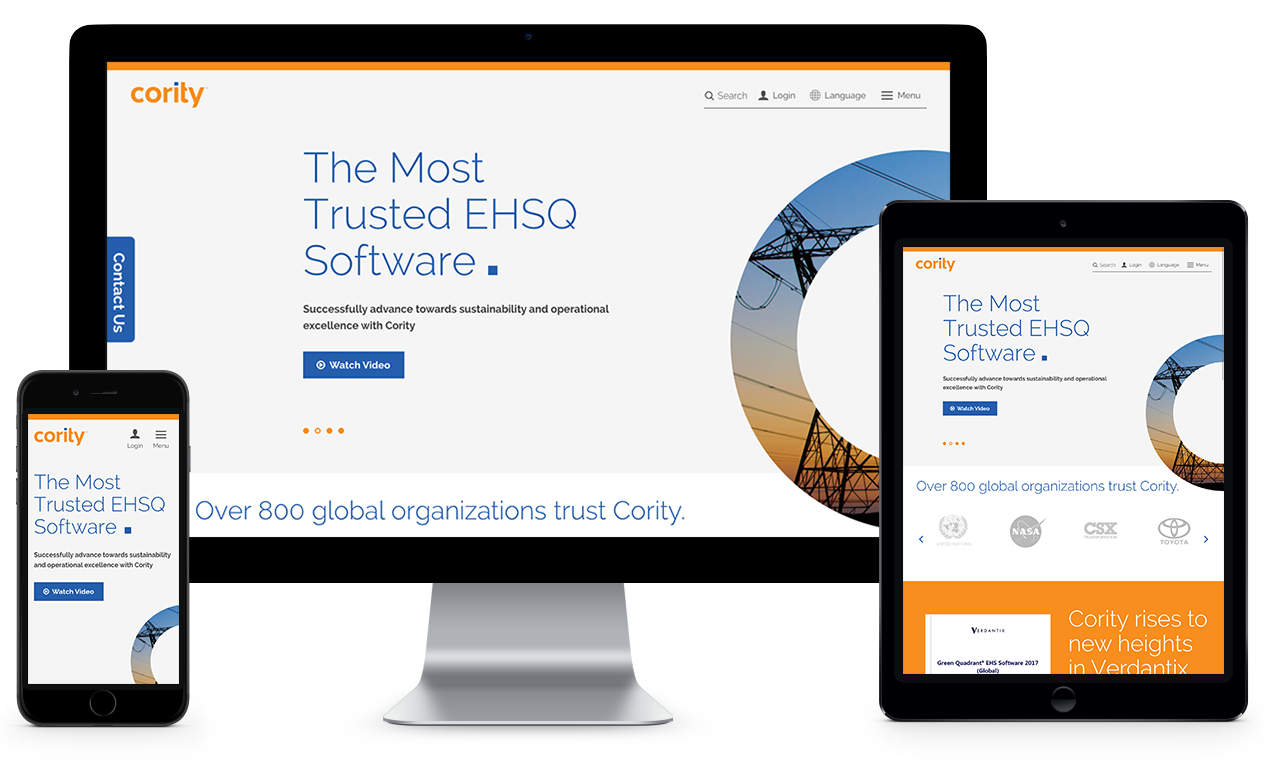
Avoiding Trademark and Legal Pitfalls
Even the most creative name can hit a roadblock if it fails legal clearance. Trademark checks are essential early in the process to avoid wasted investment.
- Trademark searches confirm whether a name is already registered.
- Domain availability can impact digital strategy.
- International checks help avoid embarrassing missteps.
Real-world cautionary tales abound — from brand names that didn’t translate well overseas to product names too close to competitors. Strategic foresight prevents expensive rebrands later.
Aligning Names with Brand Tone and Architecture
Naming doesn’t happen in a vacuum. Every name should reinforce the master brand while adding distinctiveness at the product or sub-brand level.
- Tone alignment: Is your company bold and innovative, or conservative and trustworthy? A name should reflect the culture you want to project.
- Brand architecture: Names must fit within the existing portfolio, avoiding overlap or confusion.
- Perception building: The right word choice can position a product as secure, cutting-edge, or transformative — shaping how stakeholders see it from the start.
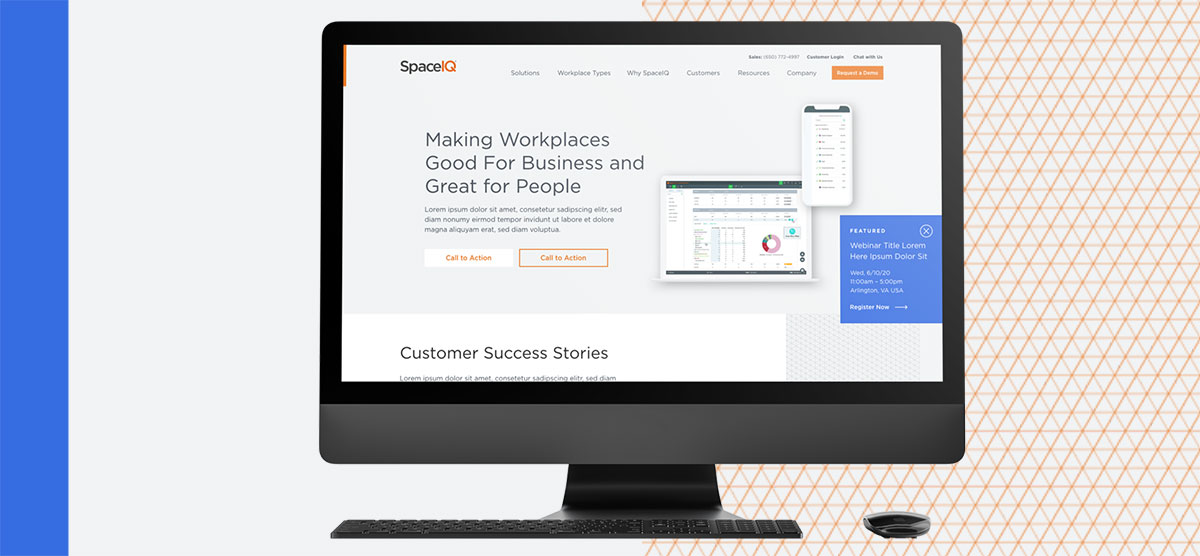
Best Practices for Launching a New Name
Even the strongest name needs support to succeed. Launch strategy is as important as the name itself.
- Internal rollout first: Employees should hear the story behind the name before it goes public.
- Storytelling matters: Explain not just the “what” but the “why” of the name to foster buy-in.
- Integrated campaigns: Reinforce the name through visuals, content, and repeated exposure across all channels.
By treating naming as part of a broader brand strategy, companies can ensure long-term adoption and equity.
Why Great B2B Brands Start with Great Words
In enterprise markets, names carry extraordinary power. They’re the anchors of brand identity, the signals of trust, and the shorthand for complex value propositions.
B2B companies that invest in strategic naming — balancing creativity with methodology, legal foresight, and tone alignment — position themselves for lasting success. Because at the end of the day, great brands start with great words.
Need a Name That Captures Your Vision?
Naming isn’t just about creativity — it’s about strategy, foresight, and alignment with your brand’s mission.
Need a name that captures your vision and stands the test of time? Contact Bluetext to build a strategic naming process that works.
In B2G marketing, trust is everything. Government buyers and influencers rely on credibility, reputation, and expertise when choosing private-sector partners. Traditional marketing tactics like whitepapers and webinars still matter, but one channel is increasingly cutting through the noise: podcasting.
For companies looking to humanize their brand, elevate executives as thought leaders, and reach niche federal audiences, podcasting is proving to be a content play that works.
Why Podcasting Resonates with Public Sector Audiences
Unlike sales pitches or promotional campaigns, podcasts provide a conversational and authentic format. Government leaders and influencers can hear directly from executives in their own voices — building trust through tone, transparency, and thought leadership.
Podcasts also fit the schedules of busy decision-makers. Whether commuting, traveling, or multitasking, federal audiences can consume episodes on their terms. This accessibility gives B2G brands a powerful way to stay top-of-mind.
Industry leaders across defense, aerospace, and IT are already embracing this format, positioning themselves as trusted advisors while shaping conversations on mission-critical topics.
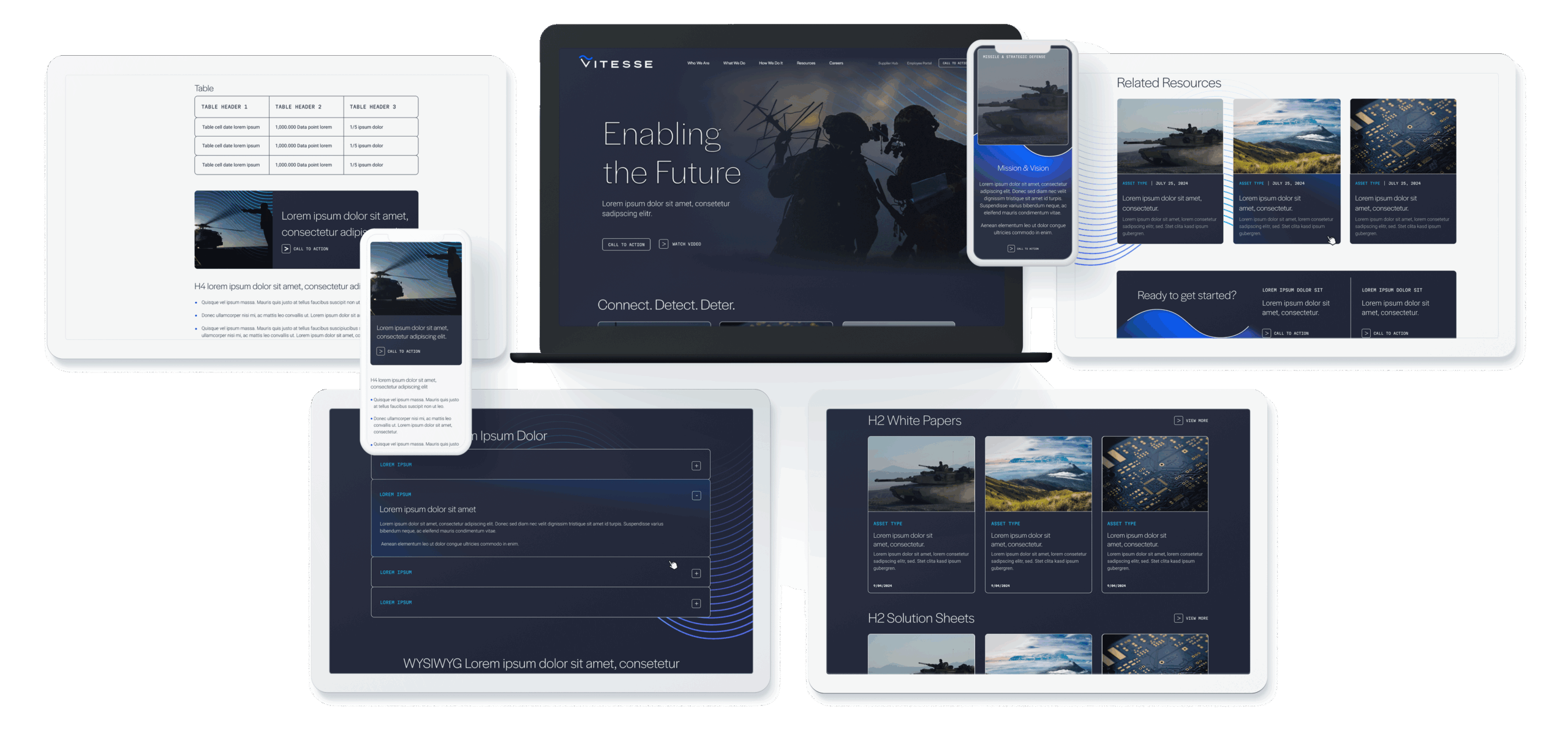
Executive Podcasts as Thought Leadership Tools
One of the strongest advantages of podcasting in the public sector is its ability to amplify executive voices. When leaders host or participate in a podcast, they become credible voices in the GovCon space, reinforcing expertise and authenticity.
These recordings don’t just live as audio. A single episode can be repurposed into:
- Blog posts summarizing key insights
- Social media clips to extend reach
- Quotes and soundbites for marketing campaigns
- Event materials to reinforce messaging
This makes podcasting a content engine that powers multiple channels while maintaining consistency of message.
Strategic Benefits of B2G Podcasting
For public sector marketers, podcasting offers unique strategic advantages:
- Direct access to niche audiences — from federal program managers to defense industry insiders.
- A platform to shape narratives around emerging policy, technology adoption, or mission priorities.
- A trust multiplier by letting audiences hear the human side of executives.
- Content atomization that extends ROI across blogs, email campaigns, and video snippets.
For organizations competing in complex federal markets, podcasts can differentiate a brand by blending thought leadership with authenticity.
How to Build a Successful Public Sector Podcast
Launching a podcast isn’t just about recording conversations — it’s about creating a deliberate strategy.
Define Your Audience and Mission
Clarify which government buyers, influencers, or stakeholders you want to reach and what value you’ll provide them.
Identify Strong Executive Voices
Choose leaders who can speak with authority on topics relevant to federal missions and priorities.
Develop Compelling Themes
Align content with issues that matter most to your audience — cybersecurity, modernization, workforce readiness, or space innovation.
Invest in Production Quality and Consistency
Audio quality, editing, and a regular publishing cadence all contribute to credibility and long-term engagement.
Promote Across Channels
Leverage owned channels (website, newsletters), earned opportunities (media mentions), and paid promotion (LinkedIn ads) to maximize reach.

Challenges and Best Practices
Public sector podcasting comes with considerations. Content must respect compliance guidelines and avoid appearing promotional. The most effective podcasts are educational and mission-focused, not sales-driven.
Best practices include:
- Keeping episodes concise and engaging (20–30 minutes is ideal).
- Featuring a mix of internal and external guests for diversity of thought.
- Building an editorial calendar to sustain content over time.
- Measuring engagement with downloads, listens, and repurposed asset performance.
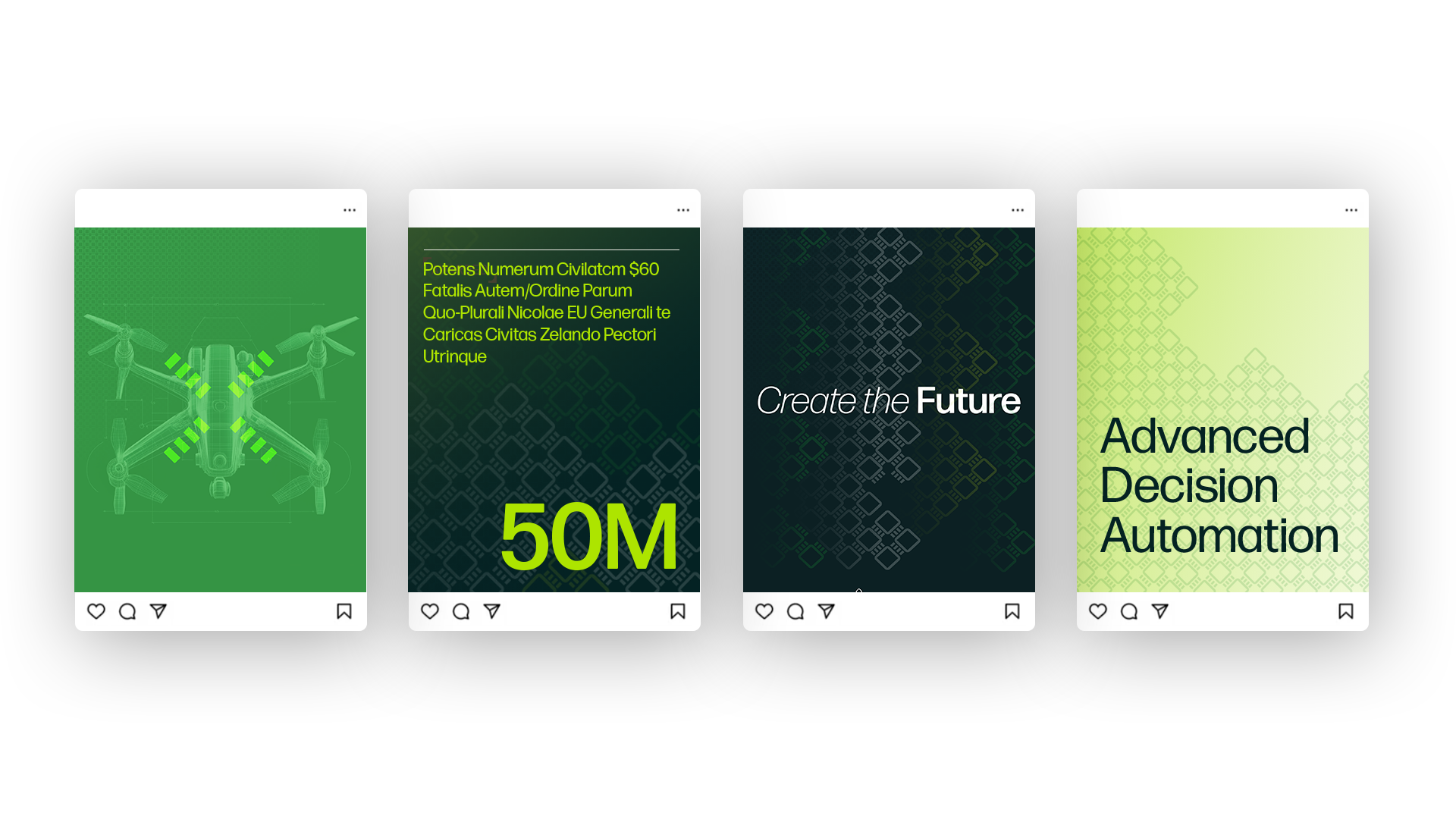
Why Now Is the Time to Invest in B2G Podcasting
The federal market is becoming more digital-first than ever before. As agencies seek new ideas and trusted partners, executive voices delivered through podcasts offer authenticity and thought leadership that government buyers value.
B2G companies that embrace this medium today will be better positioned to build credibility, influence conversations, and strengthen relationships in tomorrow’s competitive environment.
Ready to Launch a Podcast That Resonates?
Podcasting is no longer an experimental channel for public sector marketing — it’s a proven way to build trust and amplify executive thought leadership.
Ready to launch a podcast that resonates with government audiences? Contact Bluetext to start building a B2G podcast strategy that works.
Marketers have long relied on A/B testing to answer one of the most important questions in digital campaigns: What works best? Whether it’s a subject line, a landing page design, or an ad creative, traditional A/B testing provides valuable insights—but often at a cost. Tests take time, results aren’t always conclusive, and scaling experiments across multiple campaigns can stretch resources thin.
Enter AI-powered A/B testing. By predicting winning variations before full deployment and continuously learning from real-time interactions, AI is transforming the way marketers experiment—delivering smarter insights and faster results.
The Evolution of A/B Testing
Traditional A/B testing has been the backbone of data-driven marketing for decades. The process is straightforward: divide your audience, test two variations, and wait for enough traffic to determine a statistically significant winner.
But in fast-paced digital environments, waiting weeks for results isn’t always practical. Marketers face challenges such as:
- Long testing timelines that delay campaign optimization.
- Limited data when audience sizes are small.
- Risk of spending budget on underperforming variations before identifying a winner.
While effective, traditional A/B testing is reactive. AI brings a proactive, predictive edge.
How AI Is Transforming A/B Testing
Artificial intelligence adds speed and sophistication to the testing process by:
- Predictive Modeling: AI algorithms analyze historical data and user behavior to forecast which variations are most likely to perform best—before the test even begins.
- Real-Time Learning: Instead of waiting for large sample sizes, AI adapts continuously as results come in, reallocating traffic toward higher-performing options.
- Smarter Resource Allocation: By reducing wasted impressions and ad spend, AI ensures marketers get maximum impact from every test.
The result? Faster insights, greater efficiency, and higher confidence in campaign decisions.
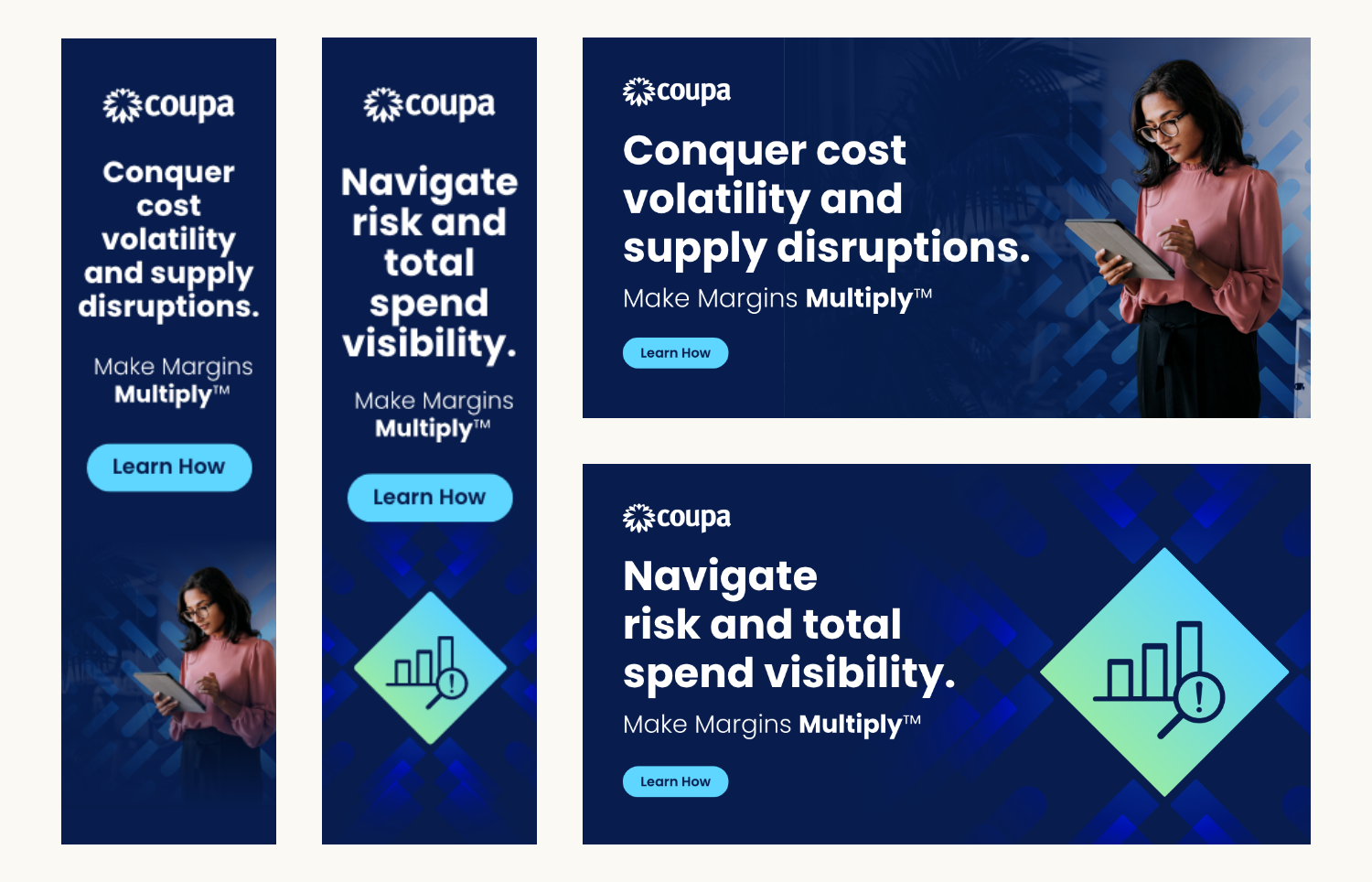
Practical Applications Across Channels
Smarter Email Campaigns
Email marketers know the struggle: testing subject lines, calls-to-action, and send times can take weeks. AI accelerates this by:
- Predicting subject line performance based on historical engagement patterns.
- Optimizing send times for each recipient to maximize open rates.
- Personalizing copy and content at scale for different audience segments.
Instead of waiting until after the campaign has run, marketers can deploy optimized emails from day one.
Website and UX Testing
AI goes beyond simple split tests by dynamically adjusting layouts and content in real time. For example:
- Testing multiple variations of headlines, hero images, or CTAs simultaneously.
- Reducing bounce rates by predicting which page elements keep users engaged.
- Delivering tailored user journeys that adapt to individual behavior.
This approach shifts website optimization from static experiments to continuous improvement.
Advertising Experiments
In paid media, wasted spend is the biggest risk of prolonged testing. AI mitigates this by:
- Rapidly identifying winning ad creatives and reallocating budget toward them.
- Testing multiple headlines, visuals, and audience combinations in parallel.
- Providing predictive insights to guide creative development before campaigns launch.
The outcome: higher ROI and less wasted spend on underperforming ads.
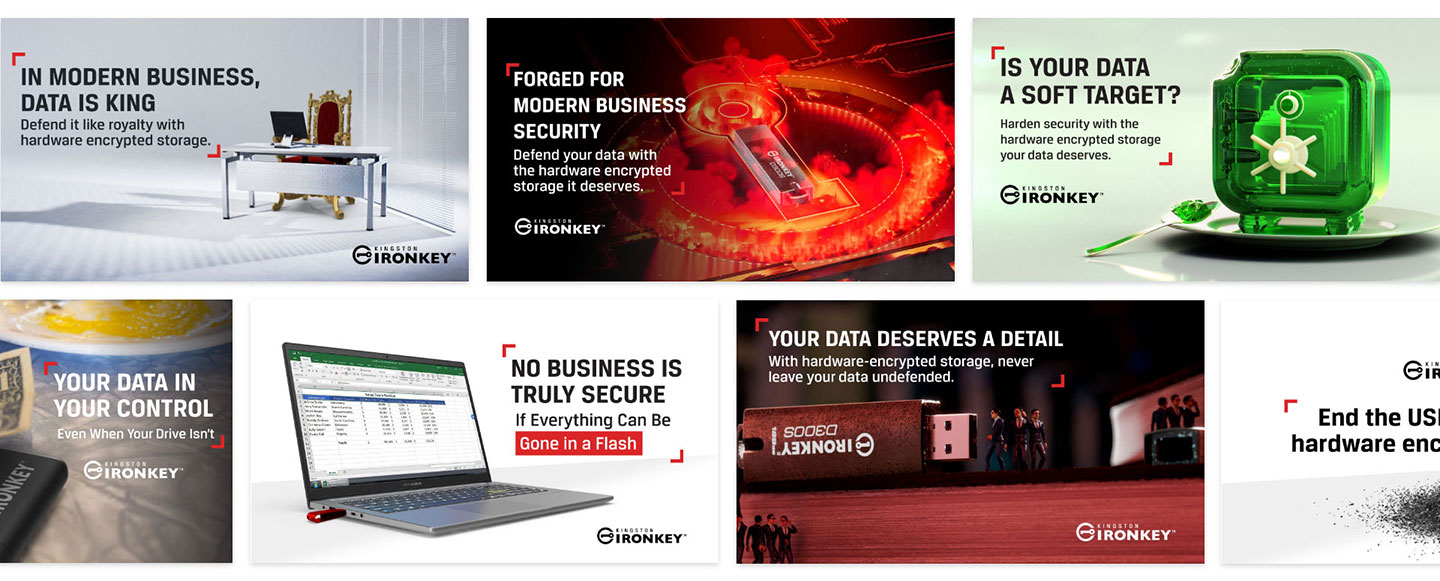
Benefits of AI-Powered Testing
Marketers adopting AI-powered A/B testing see clear advantages:
- Speed: Faster identification of winning variations means campaigns improve in real time.
- Efficiency: Lower costs by eliminating wasted spend on losing variations.
- Confidence: AI draws from larger datasets and complex models, making predictions more reliable than simple tests.
- Scalability: Test across multiple campaigns and channels without overwhelming internal teams.
Best Practices for Marketers Adopting AI Testing
While the potential is exciting, successful adoption requires a thoughtful approach:
- Select the right tools. Choose AI platforms that align with your campaign goals and integrate with existing systems.
- Ensure clean data inputs. AI models are only as strong as the data they’re fed—prioritize data hygiene.
- Balance automation with oversight. AI accelerates decision-making, but human judgment ensures brand voice and strategy remain consistent.
- Think holistically. AI testing should fit within a broader optimization strategy, not replace it entirely.
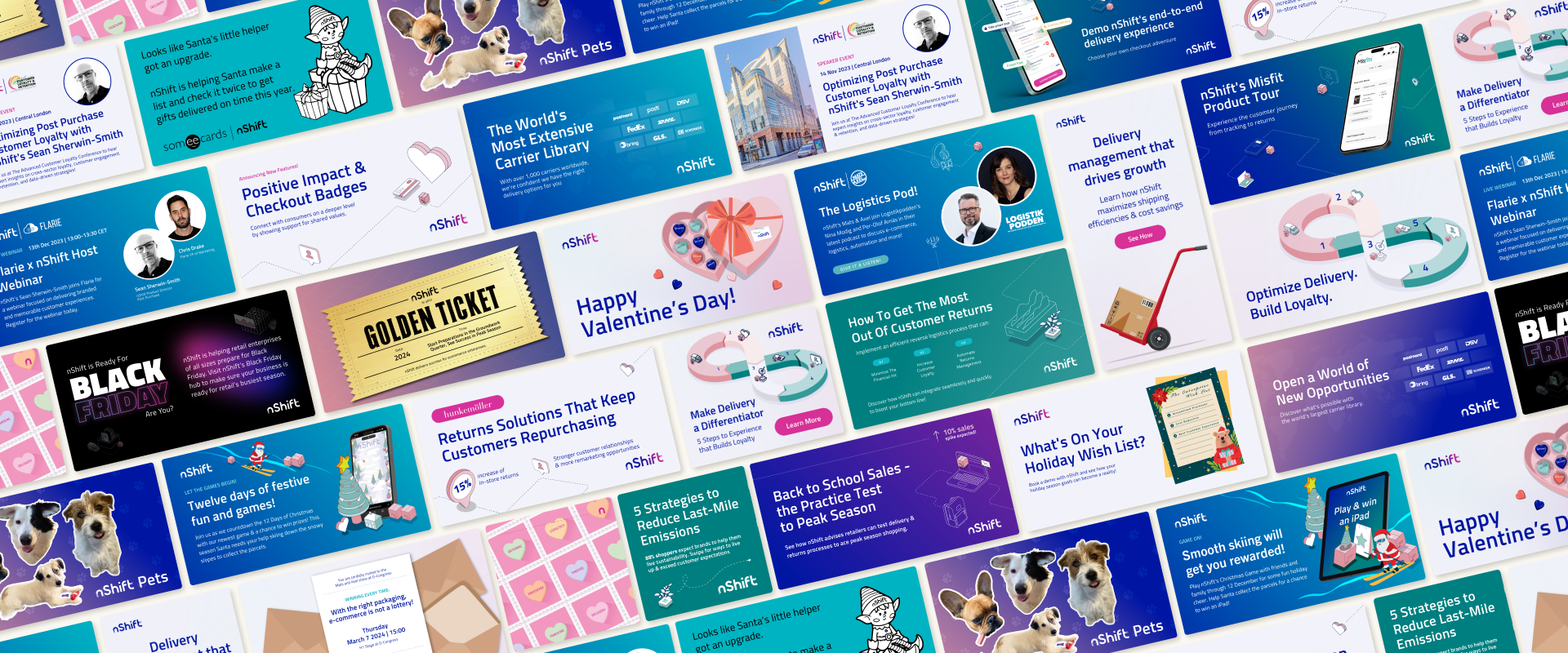
The Future of Experimentation in Marketing
AI-powered A/B testing is shifting experimentation from a slow, linear process into a dynamic, continuous cycle. Instead of simply measuring what worked yesterday, marketers can proactively shape what works tomorrow.
As AI tools evolve, testing will become less about “choosing the winner” and more about ongoing optimization—where campaigns constantly learn, adapt, and improve.
For marketers in competitive industries, that speed and agility may become the ultimate advantage.
Ready to bring AI into your testing strategy?
Partner with Bluetext to unlock faster, smarter results for your campaigns.
In industries where compliance is non-negotiable—government contracting, defense, and other regulated spaces—marketing can feel like coloring inside the lines with a dull pencil. But while rules and regulations define what you can’t do, they don’t have to limit your ability to stand out. Striking, compliant creative is possible—and it’s often the difference between blending in and breaking through.
The Compliance-Creativity Dilemma
For many government contractors and businesses in regulated industries, creative execution defaults to “safe.” Campaigns rely on muted palettes, stock-heavy imagery, and conservative messaging designed to avoid compliance risk.
But there’s a cost to playing it too safely. When every competitor’s materials look nearly identical, brands struggle to stand out, build recognition, and win mindshare with government buyers.
The challenge: balancing creativity and compliance without letting the latter completely suppress the former.

Why Standing Out Matters in Conservative Spaces
Even in highly conservative industries, audiences are still people. They’re inundated with information and marketing messages daily, which makes capturing attention harder than ever. Safe, predictable creative may not raise compliance flags—but it rarely sparks engagement or builds emotional connection.
Bold but compliant creative can:
- Differentiate your brand in crowded markets.
- Signal innovation and forward-thinking without straying from the rules.
- Build credibility by showing you understand both the mission and the market.
When executed thoughtfully, compliance doesn’t have to be the enemy of creativity. It can serve as the framework that ensures strong ideas are delivered responsibly.
Strategies for Compliant but Striking Creative
Start with a Strong Brand Foundation
The most successful campaigns are built on a brand strategy that aligns with your mission, values, and audience expectations. Before diving into design, ensure your messaging framework is crystal clear—this creates a guardrail for compliance while giving creative teams room to innovate.
Use Color and Typography Thoughtfully
Color is one of the simplest ways to bring energy into conservative marketing. Bright, modern palettes can make visuals pop while still feeling professional. Typography can also signal sophistication and innovation—sans serif fonts, for example, can look contemporary without being risky.
The key is balance: pair bold accents with grounded neutrals to avoid overwhelming the audience.
Visual Storytelling Without the Risk
Imagery is a common compliance minefield, especially for defense or B2G campaigns. Instead of overused stock photos or restricted military imagery, lean on custom iconography, data visualizations, or abstract patterns that represent innovation. Infographics and illustrations can convey complex concepts without crossing sensitive lines.
Language That Resonates and Complies
Words carry just as much weight as visuals. Avoid restricted claims (e.g., “the only solution” or unverifiable superlatives), but don’t settle for lifeless copy. Use persuasive language that emphasizes mission alignment, reliability, and innovation. Active voice and customer-focused phrasing can make messaging both powerful and safe.
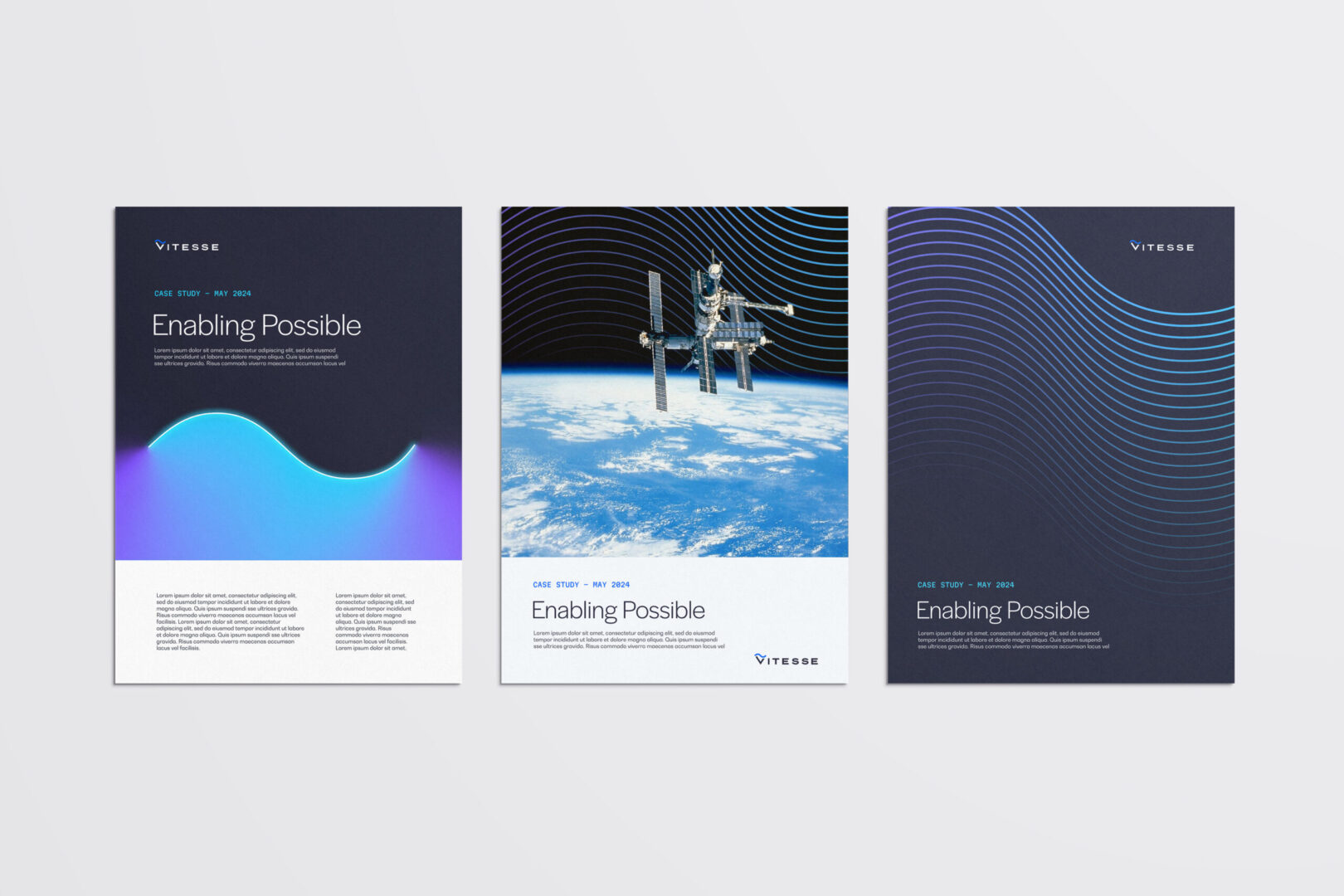
Real-World Applications in B2G Marketing
Consider two campaign directions for a defense contractor:
- Safe approach: muted blue-gray palette, stock photos of people in suits, copy that says “trusted solutions for mission success.”
- Striking but compliant approach: bold accent colors layered over technical schematics, clean iconography, copy that emphasizes “advancing mission outcomes with innovation and integrity.”
Both approaches check the compliance box—but only one truly stands out.
Best Practices for Teams in Regulated Industries
Breaking the mold without breaking the rules requires process as much as creativity. A few best practices include:
- Engage compliance teams early. Make them partners in the creative process rather than last-stage reviewers.
- Build checkpoints into your workflow. This prevents wasted time revising ideas that may not pass final review.
- Leverage external expertise. Outside partners can bring fresh creative ideas informed by compliance considerations, giving you the best of both worlds.
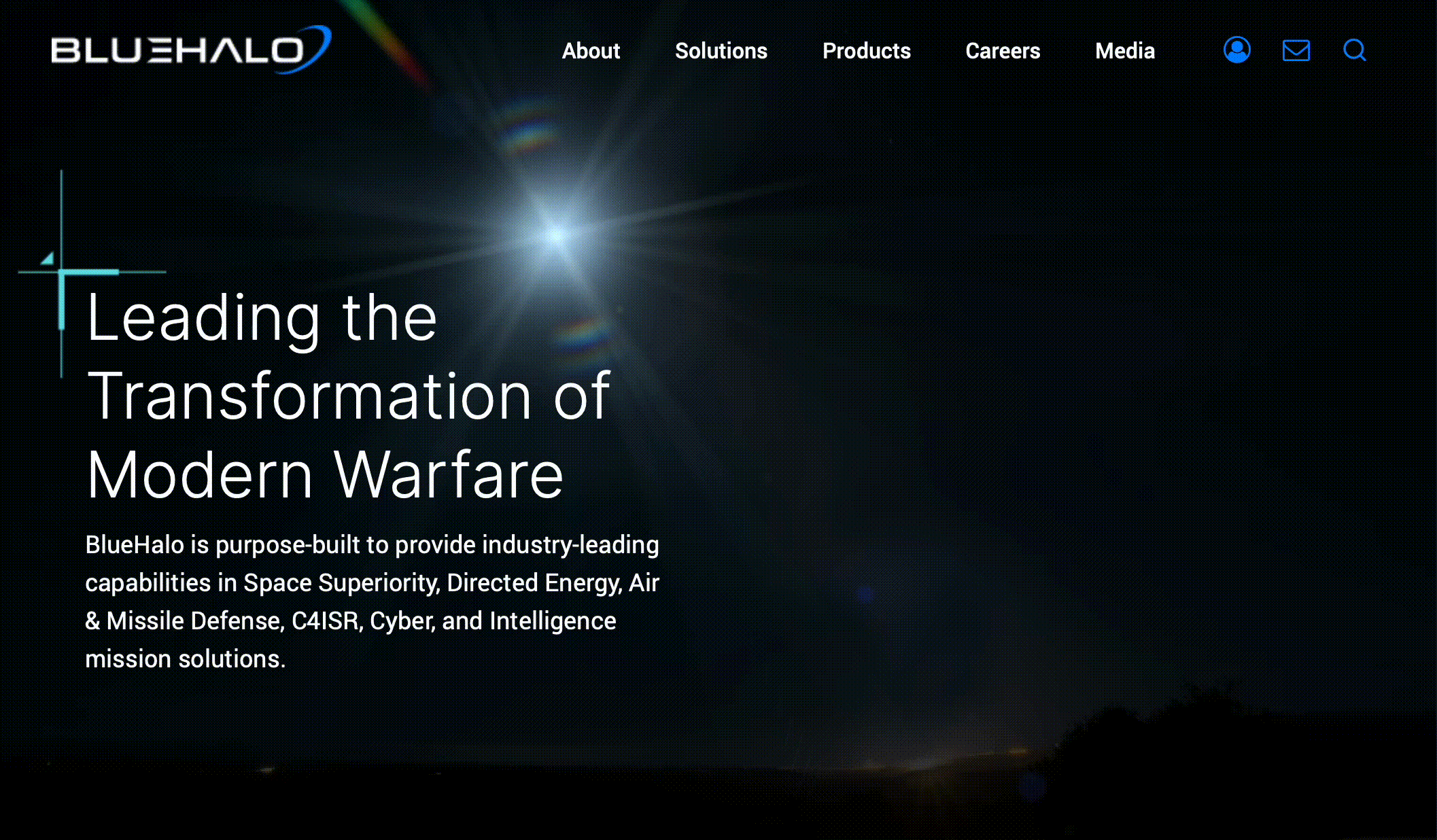
Bringing Creativity Into Compliance
In conservative spaces, too many brands let compliance clip their creative wings. But with the right strategy, process, and design choices, it’s possible to build campaign assets that are both visually striking and fully compliant.
Now is the time to embrace bold ideas—because in a market where sameness is the norm, the brands that stand out will be the ones remembered.
Ready to take your creative beyond the basics—without crossing compliance lines?
Connect with Bluetext to explore how bold ideas can work for your brand.
The way people search for information is changing — and fast. For years, businesses have centered their digital strategies around search engines like Google and Bing. Ranking well in search meant visibility, traffic, and leads. But the rise of answer engines — tools like ChatGPT, Gemini, Claude, and Perplexity — is rewriting the rules.
Unlike search engines, which serve up links, answer engines provide direct, conversational responses. They don’t just guide users to content — they become the content. For businesses, this shift creates both a challenge and an opportunity: traditional SEO isn’t enough anymore. To remain visible, trusted, and competitive, brands must optimize for both search engines and answer engines as distinct marketing channels.
What Are Search Engines and Answer Engines?
Search Engines Defined
Search engines like Google, Bing, and Yahoo have long been the backbone of digital discovery. Their core function is straightforward: crawl, index, and rank websites based on relevance and authority. When users enter a query, search engines return a list of links to external sources.
This model fuels visibility, click-throughs, and traffic. Businesses optimize with SEO strategies like keyword targeting, backlink building, and content depth to appear higher in search engine results pages (SERPs).
Answer Engines Defined
Answer engines, by contrast, work differently. Tools like ChatGPT, Gemini, Claude, and Perplexity are powered by large language models (LLMs) trained to generate and synthesize information. Instead of returning a list of links, they deliver a direct, conversational answer.
When a user asks, “What’s the best CRM for mid-sized businesses?”, Google might provide a page of review sites and vendor pages. ChatGPT, on the other hand, will deliver a summarized recommendation, drawing from multiple sources — often without requiring the user to click elsewhere.

How Consumers Use Them Differently
Search Engines = Discovery and Comparison
Search remains the go-to tool for discovery. Consumers use it to compare options, read reviews, and explore multiple websites before making a decision. For example:
- Query: “Best CRM software 2025”
- User behavior: Scan a top 10 list, visit vendor sites, and weigh features.
Search thrives when users want breadth, depth, and choice.
Answer Engines = Direct and Conversational
Answer engines are where users go when they want clarity and speed. Instead of digging through multiple pages, they can ask a question and receive a concise, authoritative response.
- Query: “What’s the best CRM for mid-sized businesses?”
- User behavior: Accepts a synthesized answer and may only follow up on one or two suggested options.
Implications for User Trust & Behavior
- In search, users verify information across multiple sources.
- In answer engines, users often trust the first, most authoritative-sounding response.
This shift in user behavior underscores why businesses can’t afford to ignore answer engines. If your brand isn’t represented in AI-generated answers, you risk invisibility in a channel that’s rapidly becoming mainstream.
What This Means for Marketers
Limitations of SEO-Only Strategies
SEO remains critical, but a #1 Google ranking doesn’t guarantee visibility in ChatGPT or Gemini. Answer engines don’t simply mirror SERPs — they blend multiple data sources, including structured content, FAQs, authoritative sites, and brand mentions across the web.
The Rise of Answer Engine Optimization (AEO)
This is where Answer Engine Optimization (AEO) comes in. Unlike SEO, which focuses on signals like backlinks and keywords, AEO is about making content clear, direct, authoritative, and structured so it can be easily understood and cited by AI models.
Businesses that fail to adapt may find themselves out of the conversation — literally.
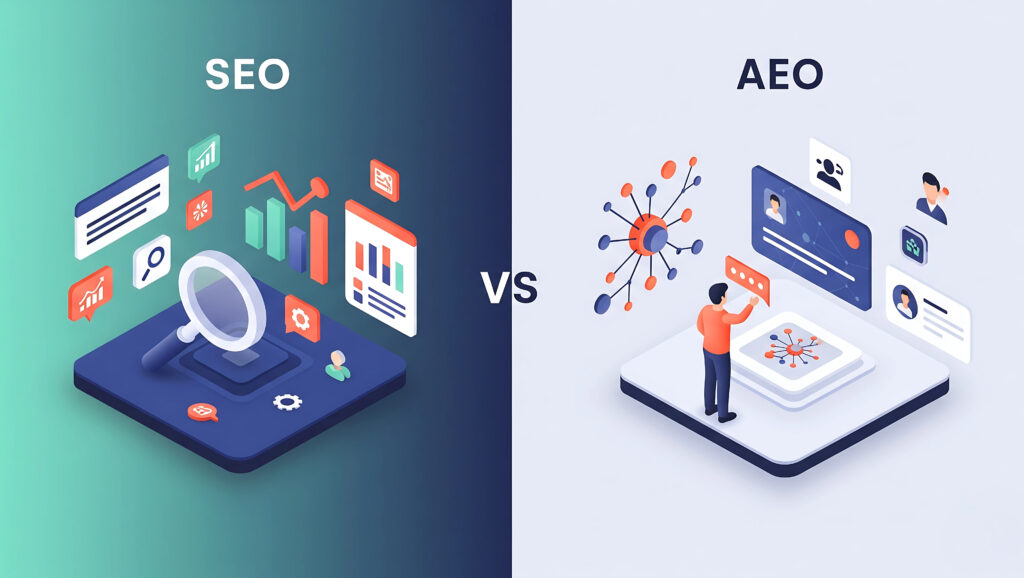
Strategies to Optimize Across Channels
Optimizing for Search Engines (SEO)
Search engine optimization remains foundational. Key tactics include:
- Technical SEO: Ensure sites are fast, mobile-friendly, and indexable.
- Keyword Strategy: Target relevant, high-intent keywords that match user queries.
- Content Depth: Publish long-form, authoritative content that demonstrates expertise.
- Link Building: Strengthen domain authority through trusted backlinks.
These tactics ensure continued visibility in Google and Bing, where billions of searches still happen daily.
Optimizing for Answer Engines (AEO)
Answer engines require a different approach. To increase the likelihood your brand appears in AI-generated answers:
- FAQ-Driven Content: Write content in Q&A form that matches how users phrase questions.
- Structured Data & Schema Markup: Use metadata to help AI models understand and categorize your content.
- Thought Leadership: Publish authoritative insights and contribute to reputable publications.
- Conversational Style: Write in natural, direct language — the way people actually ask questions.
These tactics help answer engines recognize your content as reliable and relevant, increasing your chances of being surfaced.
Why Businesses Need Both
Treating SEO and AEO as complementary channels is critical.
- Search drives discovery traffic and brand awareness.
- Answer engines shape perception and recommendations.
Together, they form a holistic digital marketing ecosystem where businesses can both attract new prospects and influence their decision-making at critical moments.
The Future of Digital Marketing Channels
Search and answer engines are not mutually exclusive — they will coexist and converge. Search engines are already incorporating AI-powered overviews, and answer engines increasingly cite traditional search results.
Looking ahead:
- AI will favor authoritative brands. Companies with consistent, credible digital footprints will surface more often in answers.
- Omnichannel strategies will win. Businesses must ensure consistency across their websites, content, and external mentions.
- First movers will gain advantage. Companies that optimize early for both SEO and AEO will establish authority before competitors catch up.
For marketers, the message is clear: don’t wait for the future to arrive — build for it now.
Bluetext’s Perspective
At Bluetext, we help brands navigate this shift. Our approach combines the proven fundamentals of SEO with forward-looking AEO strategies, ensuring businesses stay visible across all digital channels. From technical optimization to thought leadership campaigns, we position clients to succeed in both search engines and answer engines — today and tomorrow.
Time to Rethink Your Digital Strategy
The evolution from search to answers is reshaping how people find, trust, and engage with brands. Businesses that adapt their strategies now will lead the conversation in the years ahead.
Is your marketing strategy built for both search engines and answer engines? Contact Bluetext to learn how we can help your brand optimize across channels and stay ahead of the curve.
In today’s digital-first world, CEOs can no longer remain behind the curtain. Stakeholders, employees, and customers expect leaders to be visible, vocal, and human on social platforms. A thoughtful social presence doesn’t just amplify a company’s brand—it builds trust, credibility, and relatability for the executive themselves.
But here’s the catch: authenticity matters. Overly polished corporate posts won’t cut it. Executives who show up as approachable, informed, and engaged stand out in crowded feeds.
Why Executive Presence on Social Media Matters
For CEOs, social platforms like LinkedIn and X (formerly Twitter) aren’t optional—they’re critical channels for influence.
- Builds trust with stakeholders: A leader who communicates directly creates transparency and accountability.
- Elevates thought leadership: Sharing perspectives on industry trends positions executives as forward-thinking.
- Humanizes the company: Employees and customers want to connect with people, not faceless logos.
Simply put, a CEO’s voice can extend the reach of the brand while deepening connection with audiences.
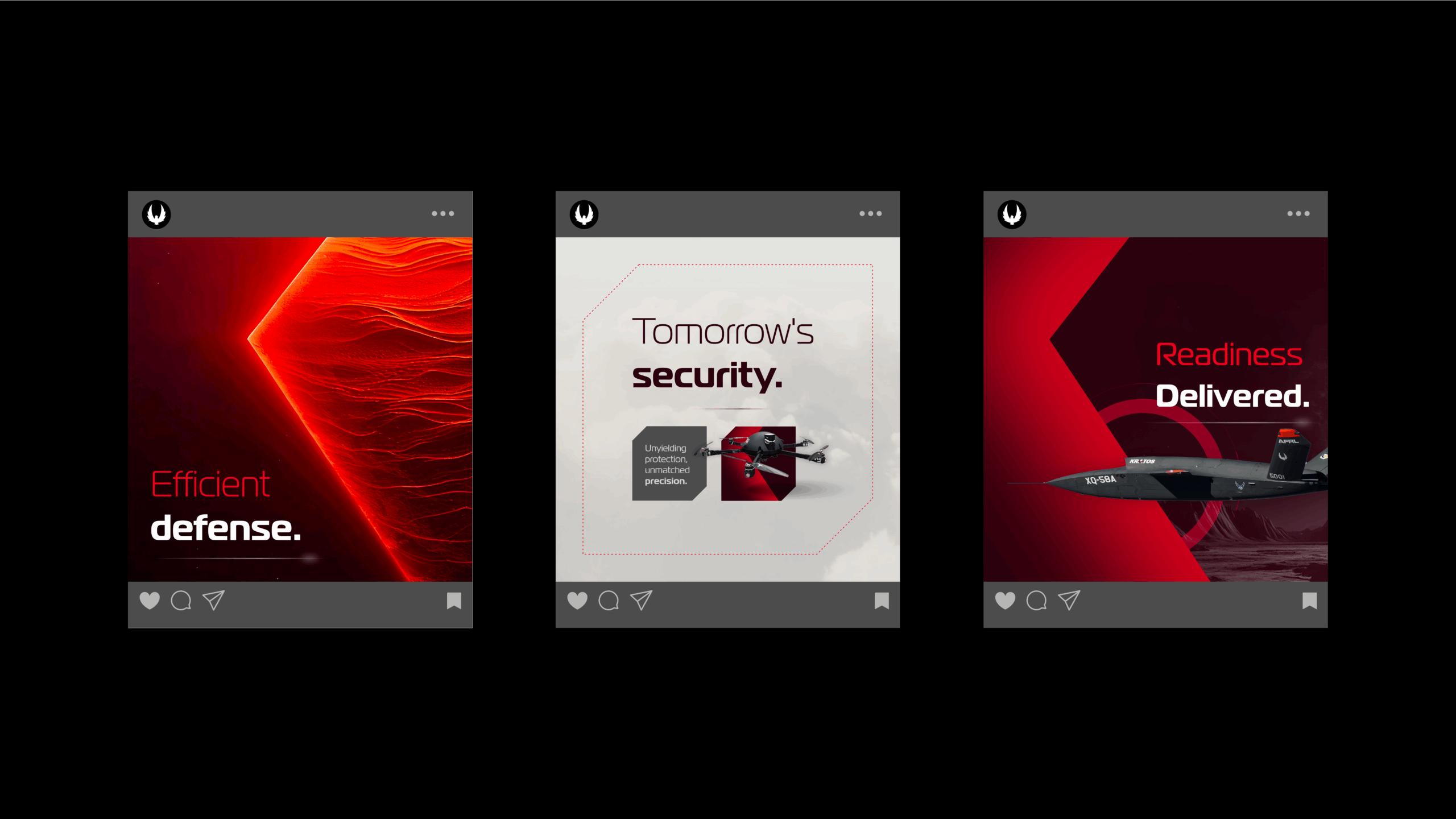
Common Pitfalls to Avoid
Before diving in, it’s worth recognizing what not to do:
- Ghostwritten to the point of sterility: If every post sounds like a press release, it won’t resonate.
- Overly promotional: Constantly pushing products makes the feed feel like an ad, not a conversation.
- Inconsistent presence: A flurry of posts followed by months of silence erodes credibility.
Authenticity means consistency, humility, and a willingness to engage beyond self-promotion.
Keys to Building an Authentic CEO Presence
Building a strong social footprint doesn’t require oversharing—it requires intention.
- Share personal perspectives: Speak in your own voice about leadership lessons, industry changes, or what inspires you.
- Engage, don’t just broadcast: Respond to comments, join discussions, and acknowledge others’ contributions.
- Balance professional and human: A post about a company milestone is great—so is a photo celebrating an employee’s achievement or a reflection on personal growth.
- Leverage storytelling: People connect with stories. Frame insights through experiences, challenges, and outcomes.
Tips for LinkedIn
LinkedIn remains the most important channel for executive visibility.
- Post regularly with original insights rather than resharing company press.
- Highlight employee wins, new initiatives, or lessons from leadership.
- Use video or personal posts to break through corporate formality.
Tips for X (Twitter)
X is ideal for thought leadership and real-time interaction.
- Join relevant conversations by following industry hashtags or leaders.
- Share live insights during events, conferences, or news cycles.
- Keep posts clear and concise—human, not corporate.

Supporting Executives Behind the Scenes
Most CEOs won’t manage their accounts entirely alone—and that’s okay. Communications and marketing teams play a key role in ensuring consistency while preserving authenticity.
- Develop a content cadence that balances leadership insights, company highlights, and engagement.
- Provide drafts and talking points, but encourage executives to add their own words or perspective.
- Use scheduling and analytics tools to stay consistent without overwhelming busy leaders.
The best results happen when teams provide structure, but executives still shape the voice.
The Long-Term Value of Executive Social Presence
When done well, social activity creates measurable value for both the leader and the brand:
- Recruiting: Candidates are more likely to apply when they see engaged, authentic leadership.
- Investor and partner relationships: Executives who share vision and insights strengthen credibility.
- Crisis communications: A trusted voice already present online is more effective when challenges arise.
Over time, consistent authenticity compounds into reputation equity.
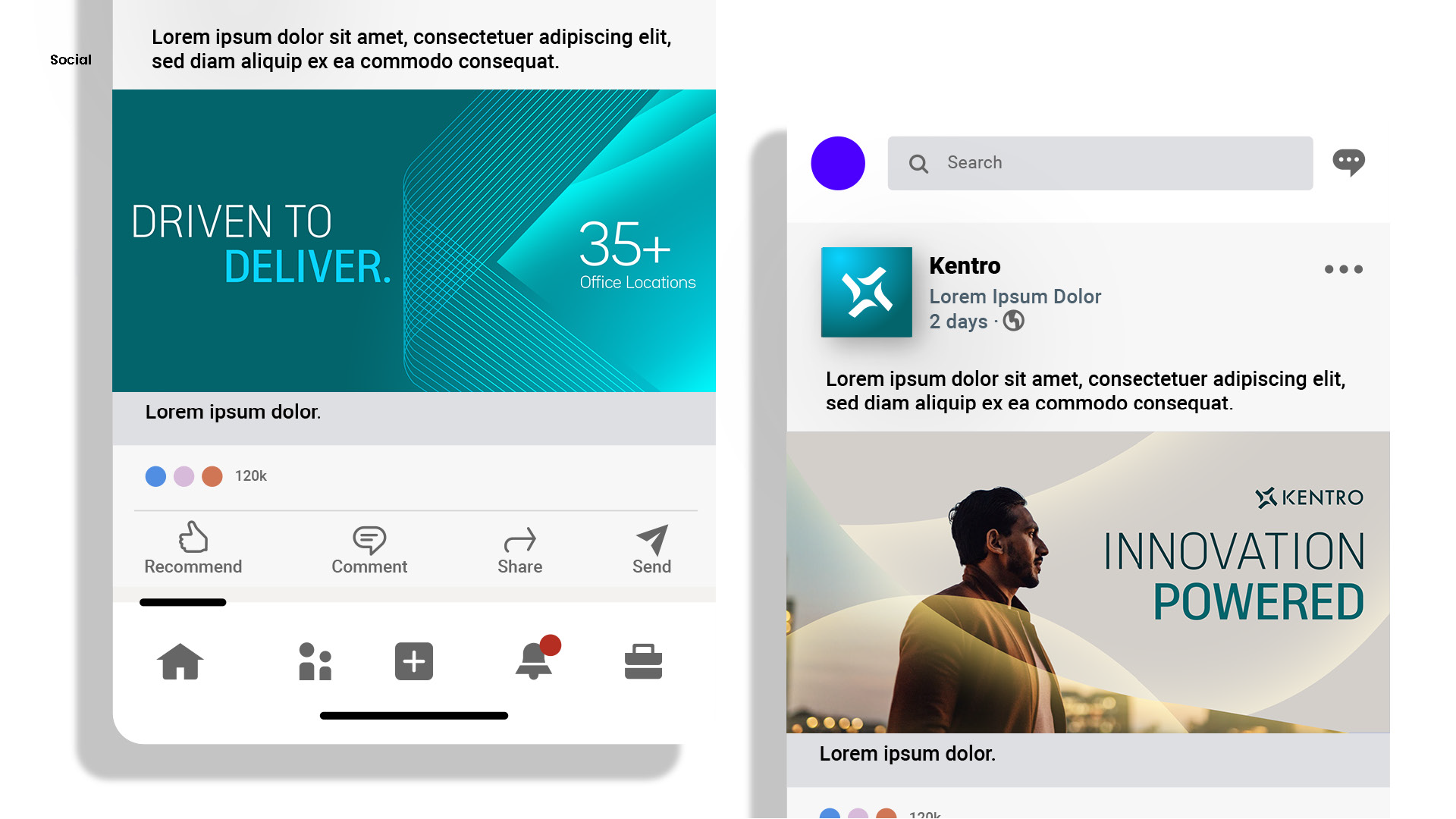
Authenticity Wins
In the end, executive presence on social media isn’t about being perfect—it’s about being present. CEOs who share openly, engage meaningfully, and show their human side strengthen both their personal reputation and their company’s brand.
Authenticity is the ultimate differentiator. In an era of AI-generated content and polished corporate messaging, a CEO’s genuine voice is a powerful asset.
Ready to help your leadership team build a stronger, more authentic presence online? Contact Bluetext to develop a CEO social strategy that drives impact.
When marketing to federal agencies, many contractors make the same mistake: focusing on technical specifications or internal org structures rather than what truly matters to their audience. Federal decision-makers are measured by how well they deliver on their mission objectives—protecting national security, providing healthcare, modernizing IT, or improving citizen services.
That’s why the most effective federal marketing strategies don’t lead with features or job titles. They connect directly to the mission outcomes that agencies care about most.
Why Mission-Driven Messaging Matters in Federal Marketing
Every agency has a clear purpose. For the Department of Defense, it’s national security. For the Department of Veterans Affairs, it’s serving veterans. For the Department of Education, it’s supporting students.
When you align your messaging with these objectives, you:
- Demonstrate understanding of the agency’s priorities.
- Build credibility by showing you’re mission-focused, not just product-driven.
- Differentiate your brand from competitors who rely on technical jargon.
In short: agencies don’t buy cloud migration—they buy faster delivery of critical services. They don’t buy cybersecurity—they buy assurance that sensitive data and systems are protected.
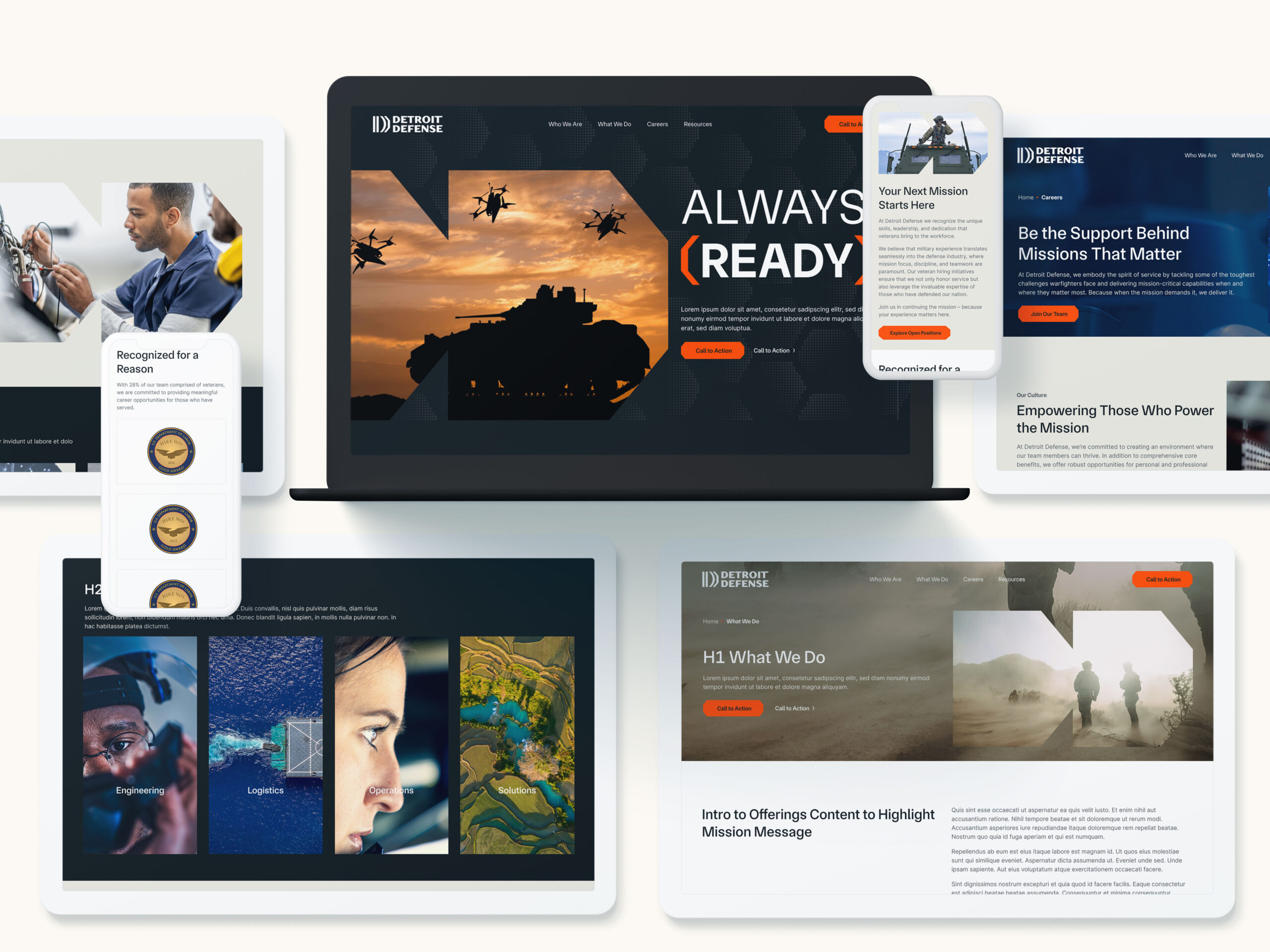
Common Pitfall: Marketing to the Org Chart
Too often, GovCon marketing defaults to:
- Calling out specific divisions or job titles
- Leading with technical specs and configurations
- Positioning solutions around internal processes instead of external outcomes
This can feel disconnected because agency buyers don’t measure success based on whether a contractor understands their org chart—they measure success based on mission progress. Marketing that doesn’t connect to that bigger picture risks being ignored.
The Power of Framing Around Mission Objectives
Federal audiences are motivated by the impact of their work. When your messaging ties solutions directly to those impacts, it resonates.
- Cybersecurity solutions → safeguarding national security, protecting citizens’ data.
- Cloud migration services → enabling faster and more reliable delivery of public services.
- AI-driven analytics → accelerating decision-making in defense and intelligence missions.
- Logistics technology → ensuring that critical resources reach warfighters and citizens in need.
By reframing features into outcomes, you speak the language that decision-makers value most: mission success.
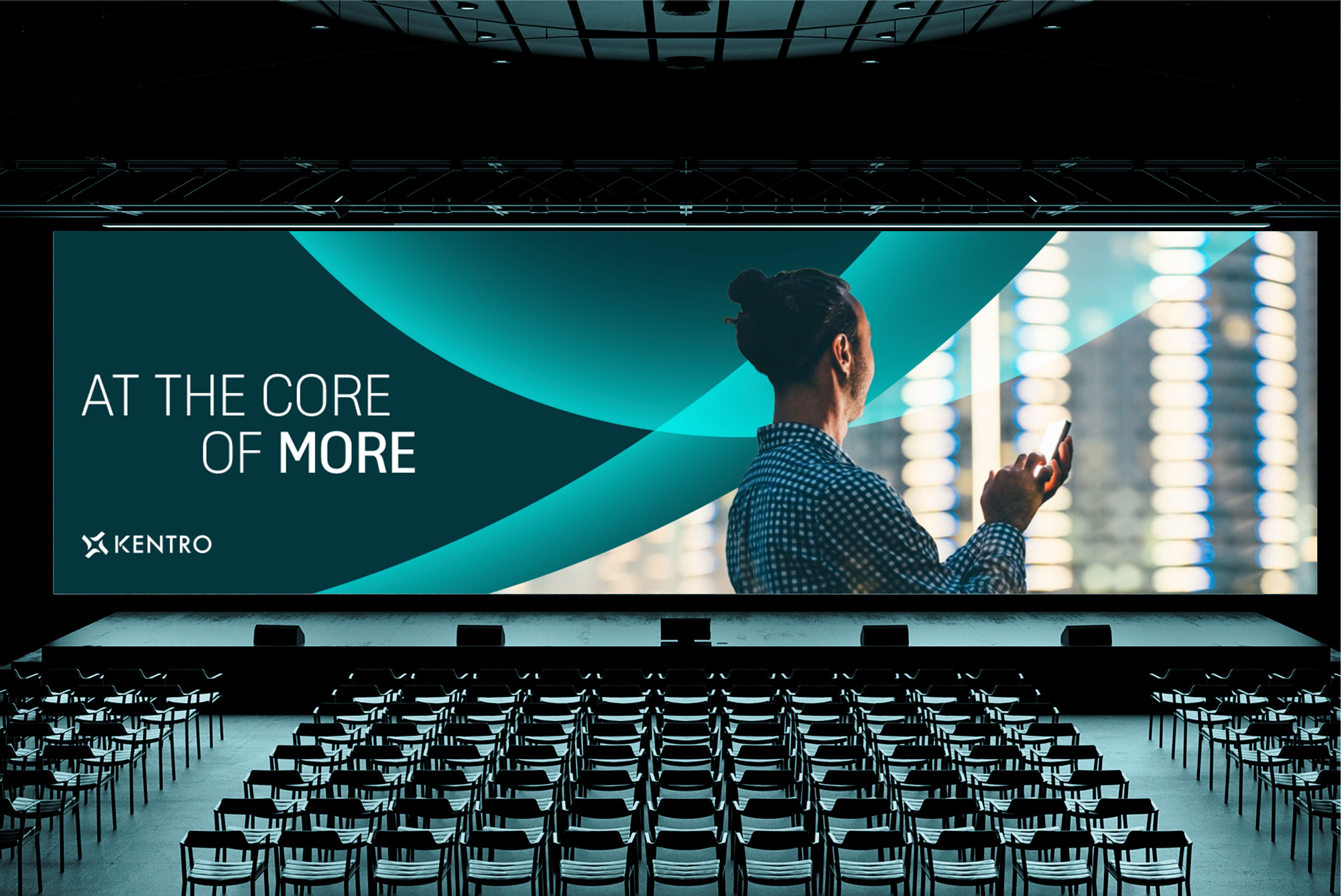
Strategies for Crafting Mission-Focused Messaging
So how can marketers shift from product-centric to mission-centric messaging?
- Research agency priorities
- Review budgets, strategic plans, and congressional testimony.
- Pay attention to speeches and press releases from agency leadership.
- Translate features into outcomes
- Instead of “99.99% uptime,” say “ensures uninterrupted access to critical services.”
- Instead of “advanced AI algorithms,” say “accelerates threat detection to protect national security.”
- Use agency language
- Mirror the terms used in agency strategy documents to build familiarity and trust.
- Tell mission stories
- Share case studies and examples of how your solution has directly advanced agency objectives.
Questions to Guide Your Messaging
- What problem does this agency exist to solve?
- How does our solution accelerate mission delivery?
- What risks does it reduce or eliminate?
- How can we express this benefit in the agency’s own language?
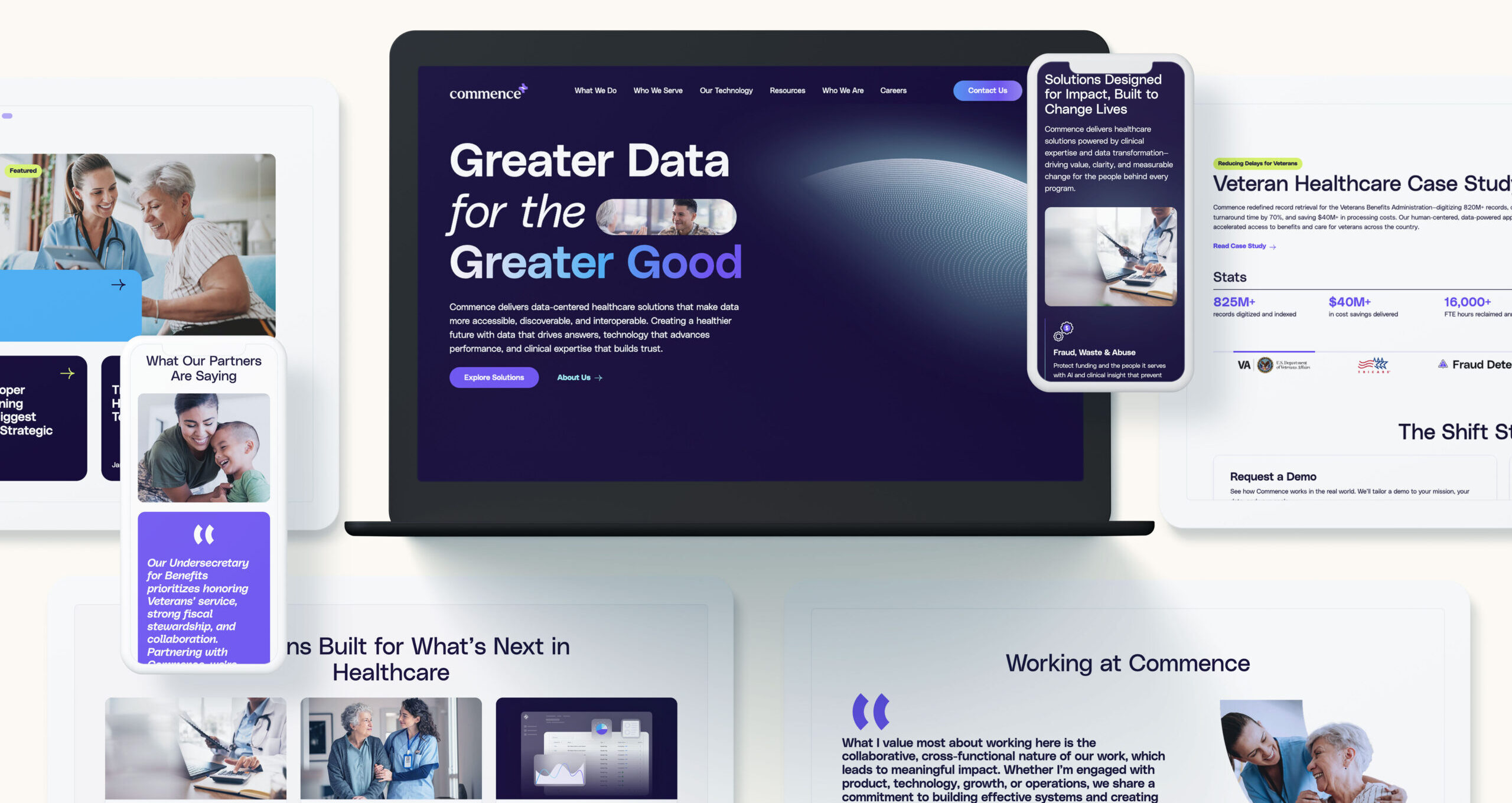
Bringing Mission-Centric Marketing Into Practice
Turning this principle into practice requires alignment across teams:
- Workshopping messaging with business development, technical experts, and marketing to ensure solutions are framed in terms of mission outcomes.
- Embedding mission alignment into proposals, websites, campaigns, and thought leadership content.
- Measuring impact by tracking how mission-driven messaging affects engagement, win rates, and agency perception.
When mission is at the center, marketing becomes a tool not just for promotion, but for building trust and relevance with federal audiences.
Elevating Federal Marketing Through Mission-First Messaging
Federal buyers want partners who understand their mission. By focusing on outcomes instead of specs—and by marketing to the mission, not the org chart—you show agencies that you’re invested in their success.
This shift not only makes your marketing more effective, it positions your brand as a true mission partner.
Looking to sharpen your federal marketing strategy? Contact Bluetext to craft mission-driven messaging that resonates with government audiences.
When most marketing leaders think about their brand, they picture messaging, design, campaigns, and storytelling. But there’s another, less visible dimension of brand health: web performance.
A brand’s digital presence is often the first and most consistent touchpoint for customers. If that experience is slow, inaccessible, or frustrating, it sends a message—one that undermines even the best campaigns. Web performance isn’t just a developer’s priority; it’s a marketing KPI that directly impacts trust, conversions, and long-term brand perception.
Why Web Performance Matters Beyond IT
Speed as the first brand impression
Users form an opinion about your site in seconds. A slow-loading homepage communicates inefficiency and neglect, while a fast, seamless experience signals professionalism and reliability.
Accessibility as inclusion and trust
Making your site accessible to all users—including those with disabilities—isn’t just a compliance issue. It’s a reflection of your brand’s values. Accessibility demonstrates inclusivity, empathy, and responsibility.
UX as a reflection of brand values
Clunky navigation, broken buttons, or misaligned mobile layouts create frustration. On the other hand, intuitive UX shows that you care about your audience’s time and experience—an extension of your brand promise.

The Marketing Impact of Web Performance
Performance problems don’t just frustrate users—they cost real revenue and reputation.
- Conversions suffer: Studies show that even a one-second delay in load time can drop conversions by up to 7%.
- SEO rankings decline: Google prioritizes fast, user-friendly websites in search results.
- Brand equity erodes: If customers consistently struggle to interact with your brand online, their trust declines—even if your messaging is strong.
Accessibility is also emerging as a competitive differentiator. Brands that go above and beyond to create inclusive experiences not only avoid legal risks but also earn loyalty from a wider audience.
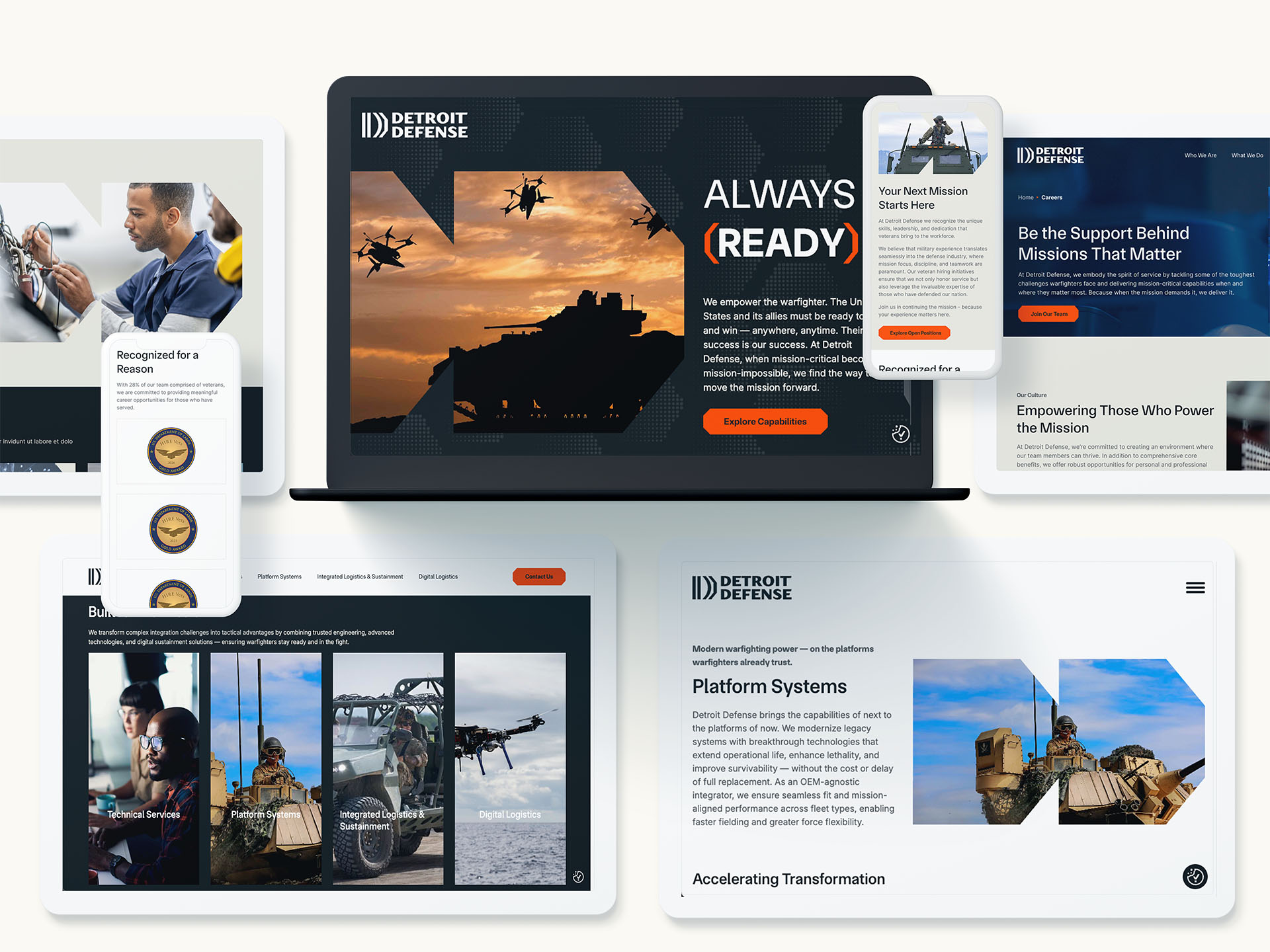
Key Web Performance Metrics Marketers Should Track
You don’t need to be a developer to understand the metrics that matter most:
- Core Web Vitals
- Largest Contentful Paint (LCP): How quickly the main content loads.
- First Input Delay (FID): How responsive the page feels.
- Cumulative Layout Shift (CLS): How stable the visuals are as the page loads.
- Accessibility Scores
- Benchmarked against WCAG standards, these measure how inclusive and usable your site is.
- Engagement Metrics
- Bounce rate, time on page, and conversion rates—all of which improve when performance is strong.
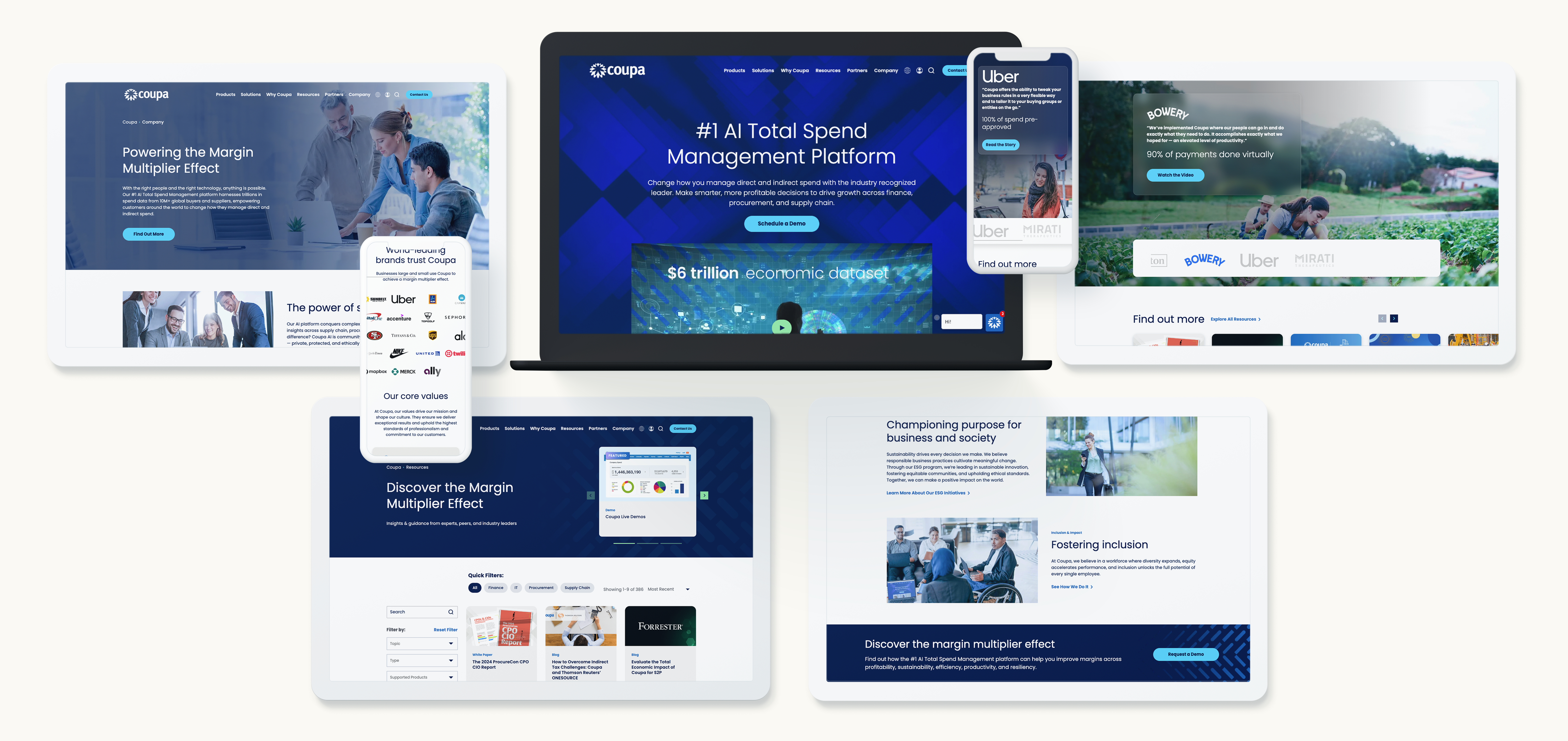
Turning Performance Into a Marketing KPI
Marketing leaders should elevate performance metrics alongside more traditional KPIs like impressions or conversions.
- Integrate into dashboards: Include speed, accessibility, and UX data in your regular brand reporting.
- Collaborate with dev teams: Marketing and development should align on the shared goal of delivering seamless experiences.
- Frame it for executives: Position performance as a direct driver of brand trust and customer loyalty.
Best Practices for Building a High-Performance Brand Experience
Performance improvements often come down to consistent, practical steps:
- Optimize images, video, and scripts for faster load times
- Adopt responsive, mobile-first design
- Incorporate accessibility from the design stage onward
- Continuously monitor with tools like Google PageSpeed Insights or Lighthouse
- Test frequently—small changes can reveal big wins

Bringing It All Together
Web performance is no longer a background concern for IT—it’s a frontline brand metric. Speed, accessibility, and UX shape how your audience perceives you before they even read a headline or click a button.
For marketing leaders, the challenge and opportunity are clear: make performance part of your brand DNA. Doing so not only boosts conversions but also reinforces trust, loyalty, and long-term brand value.
Looking to make your digital brand experience faster, more accessible, and more impactful? Contact Bluetext to turn performance into a brand advantage.